Leaf Tenmoku 木葉天目

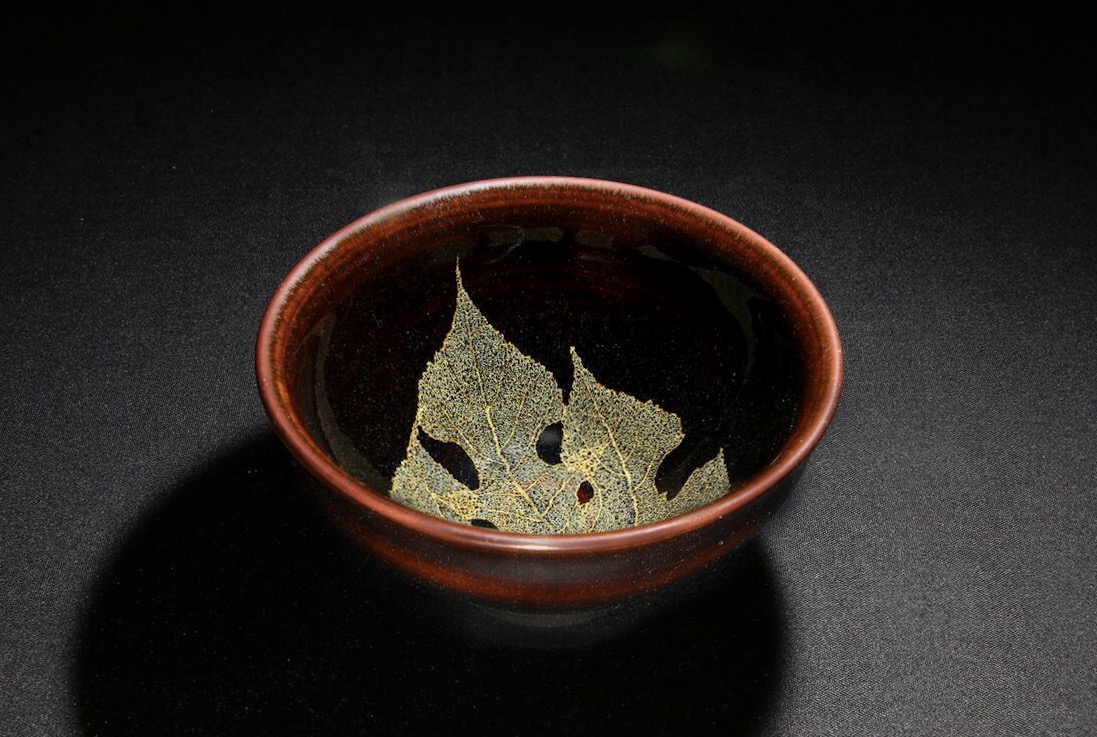
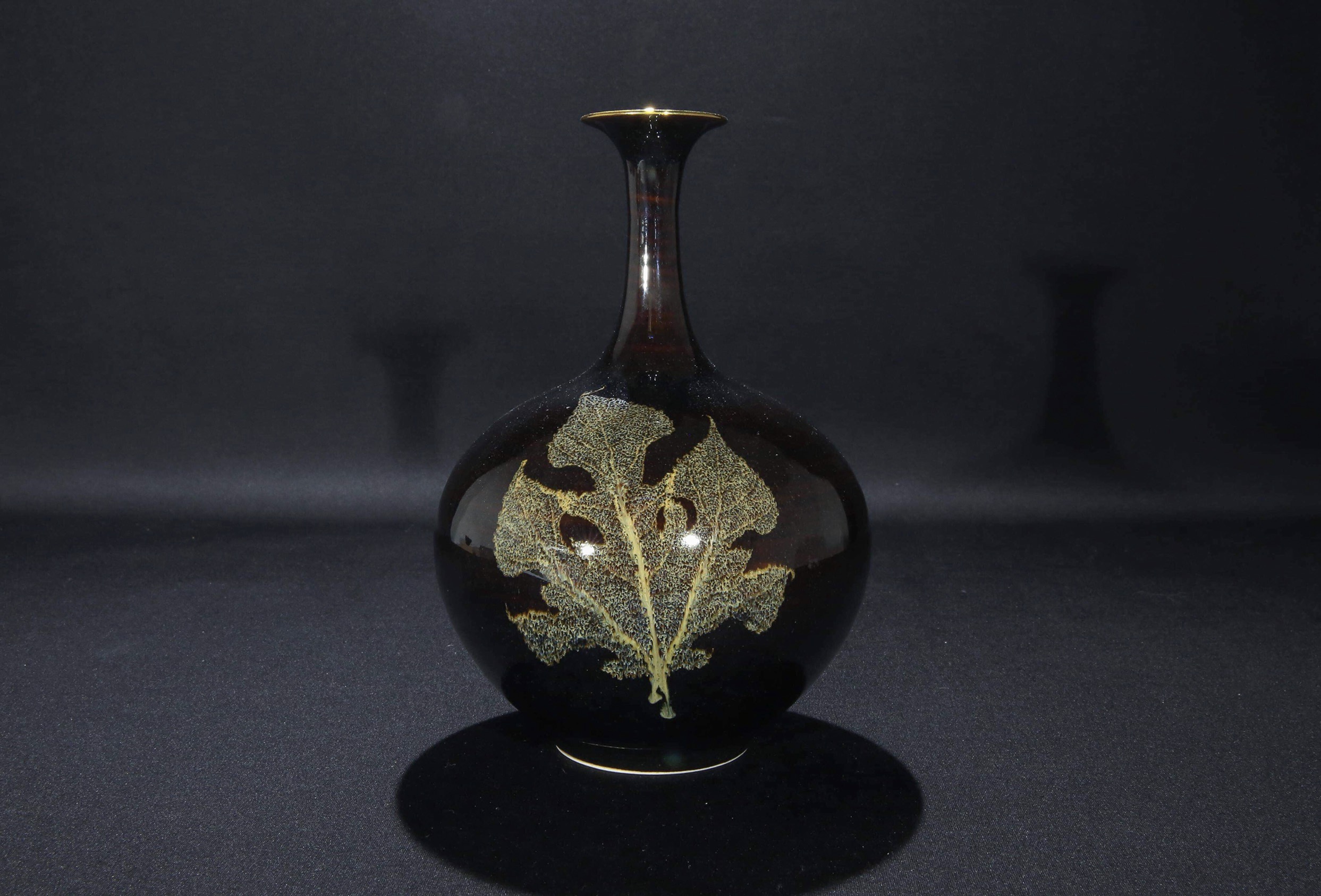
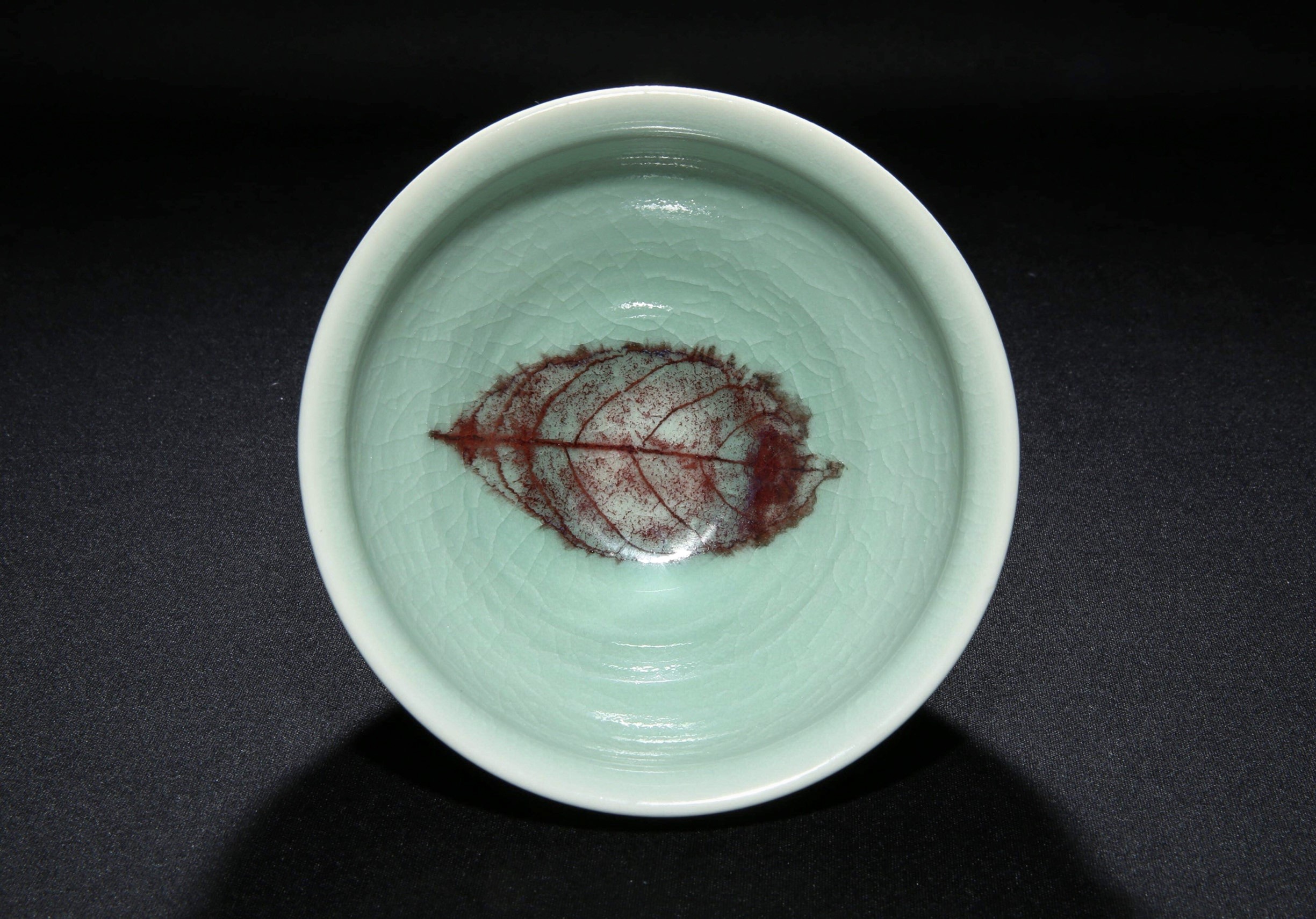
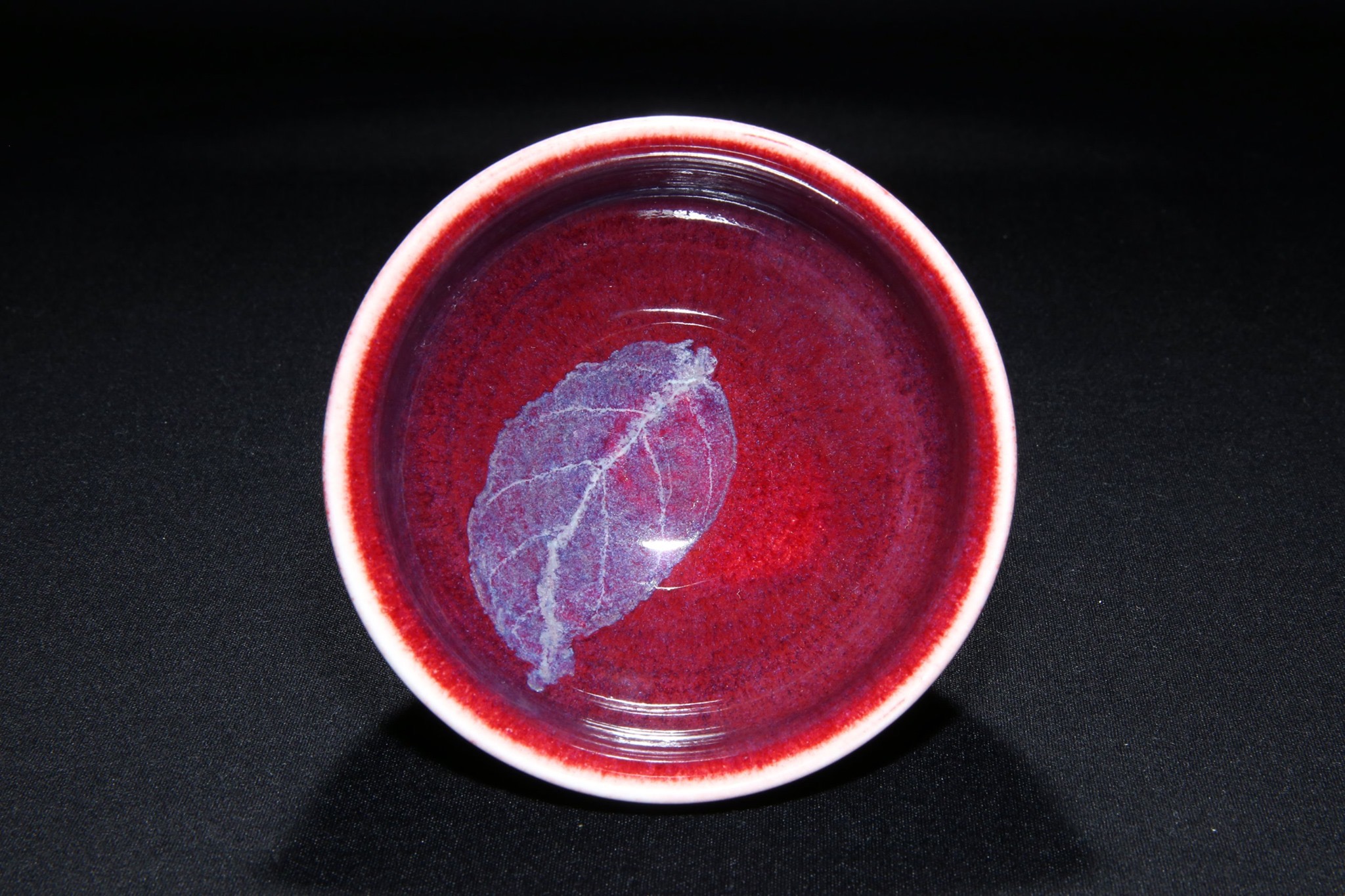
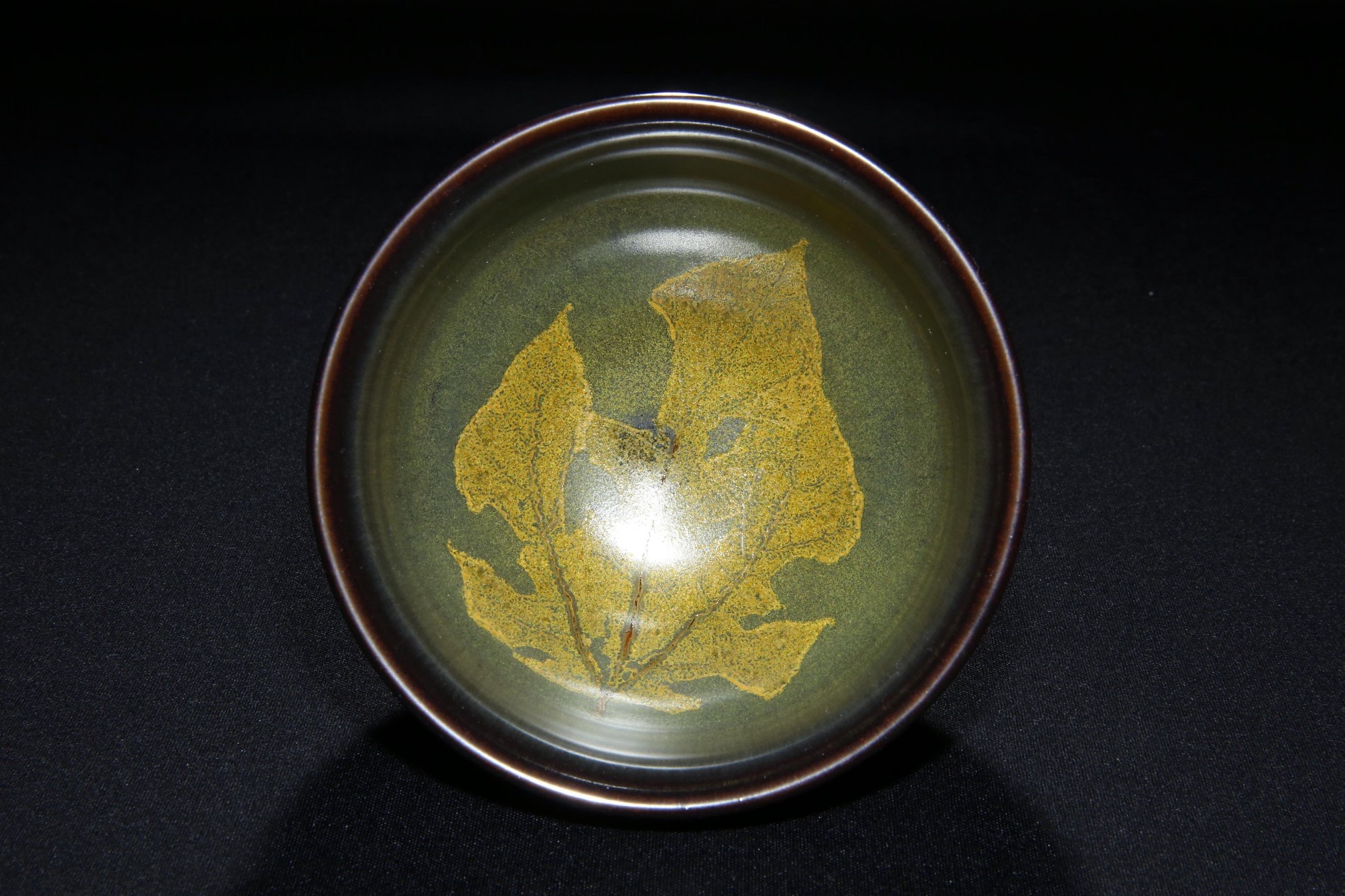
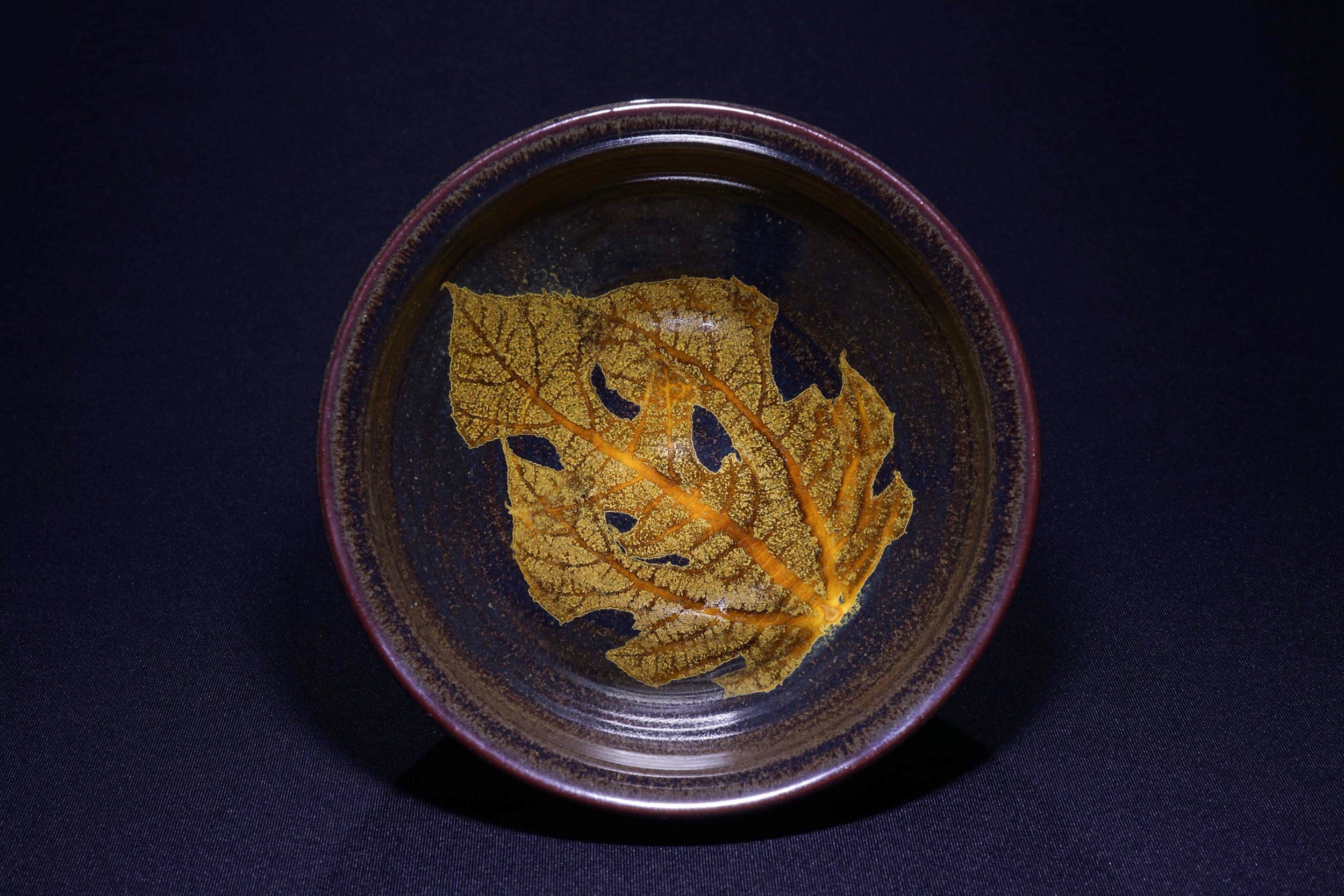


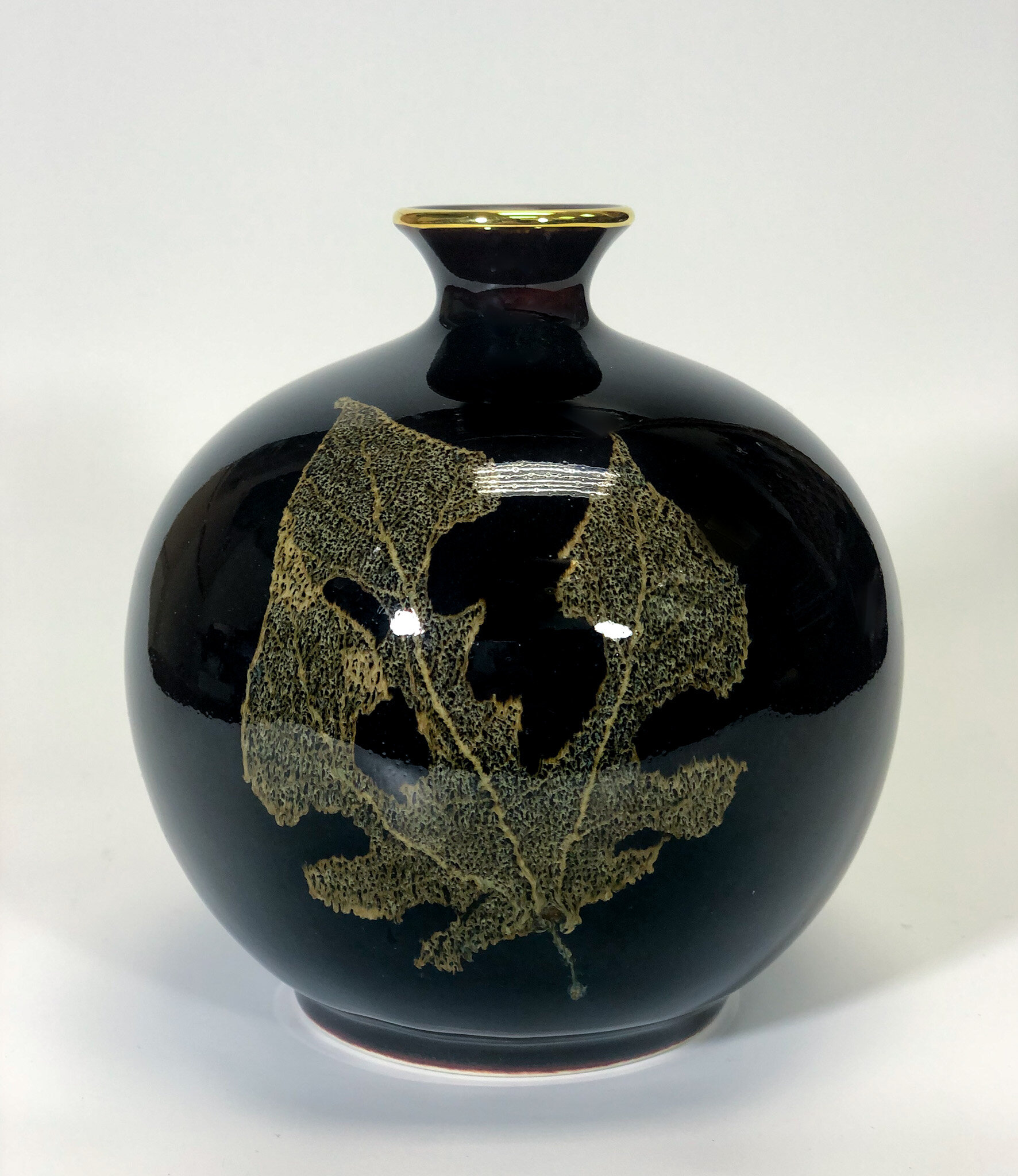
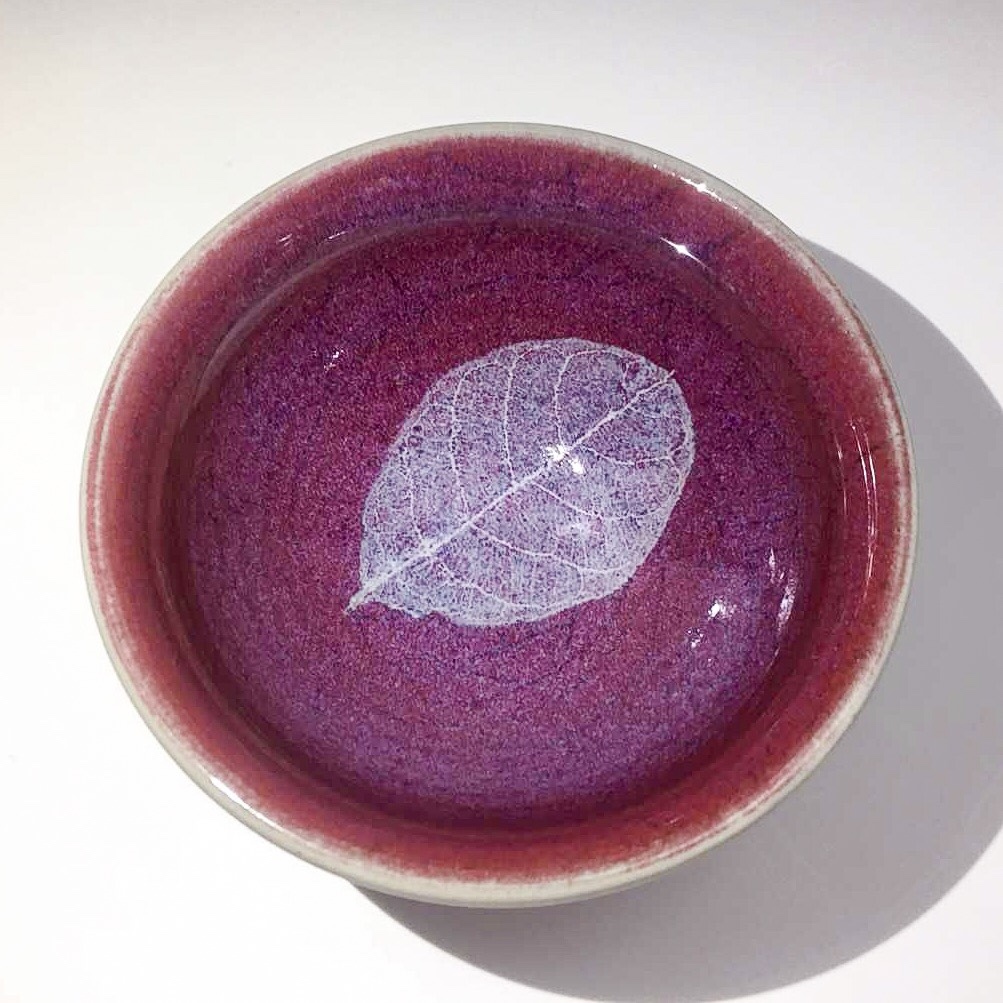
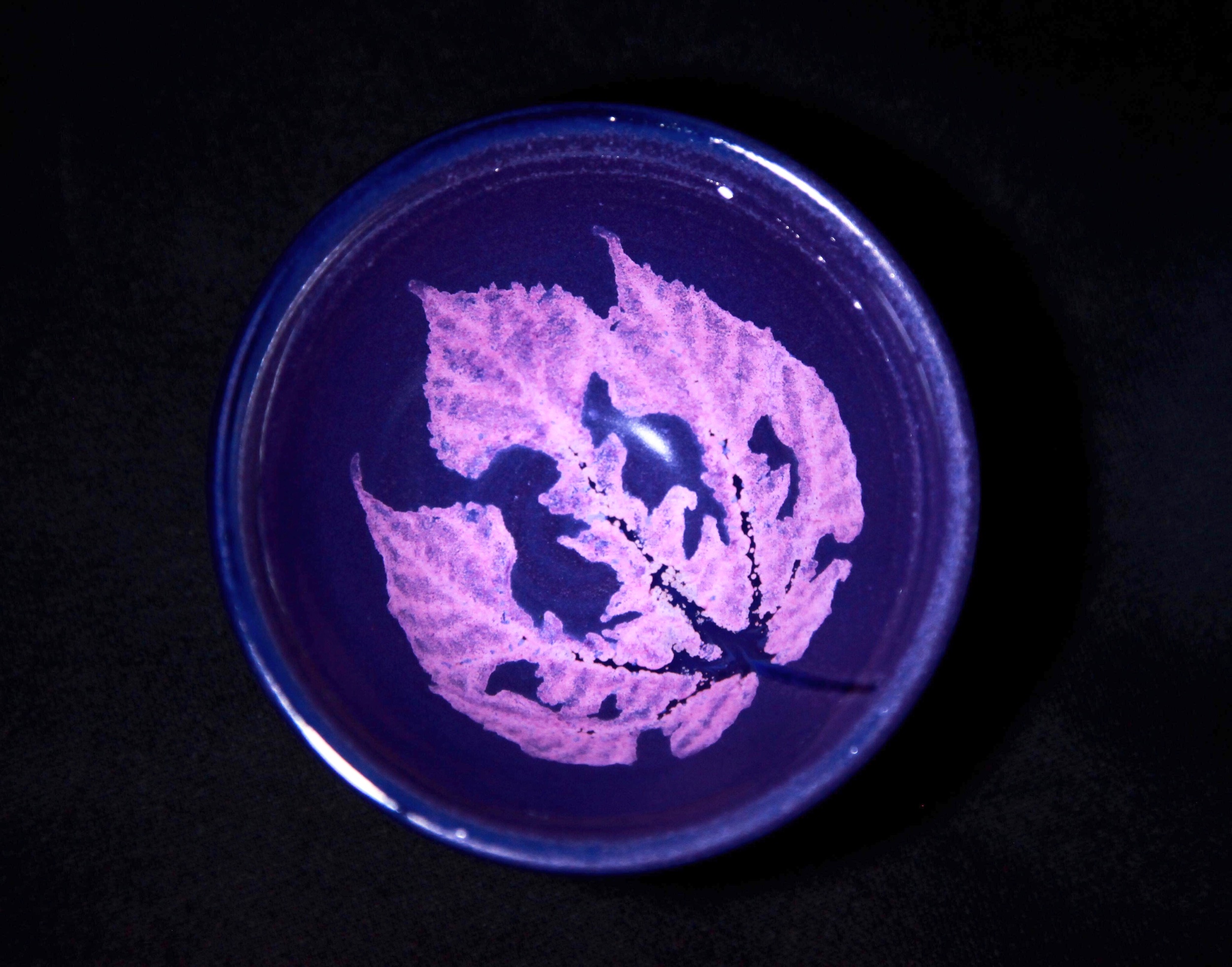
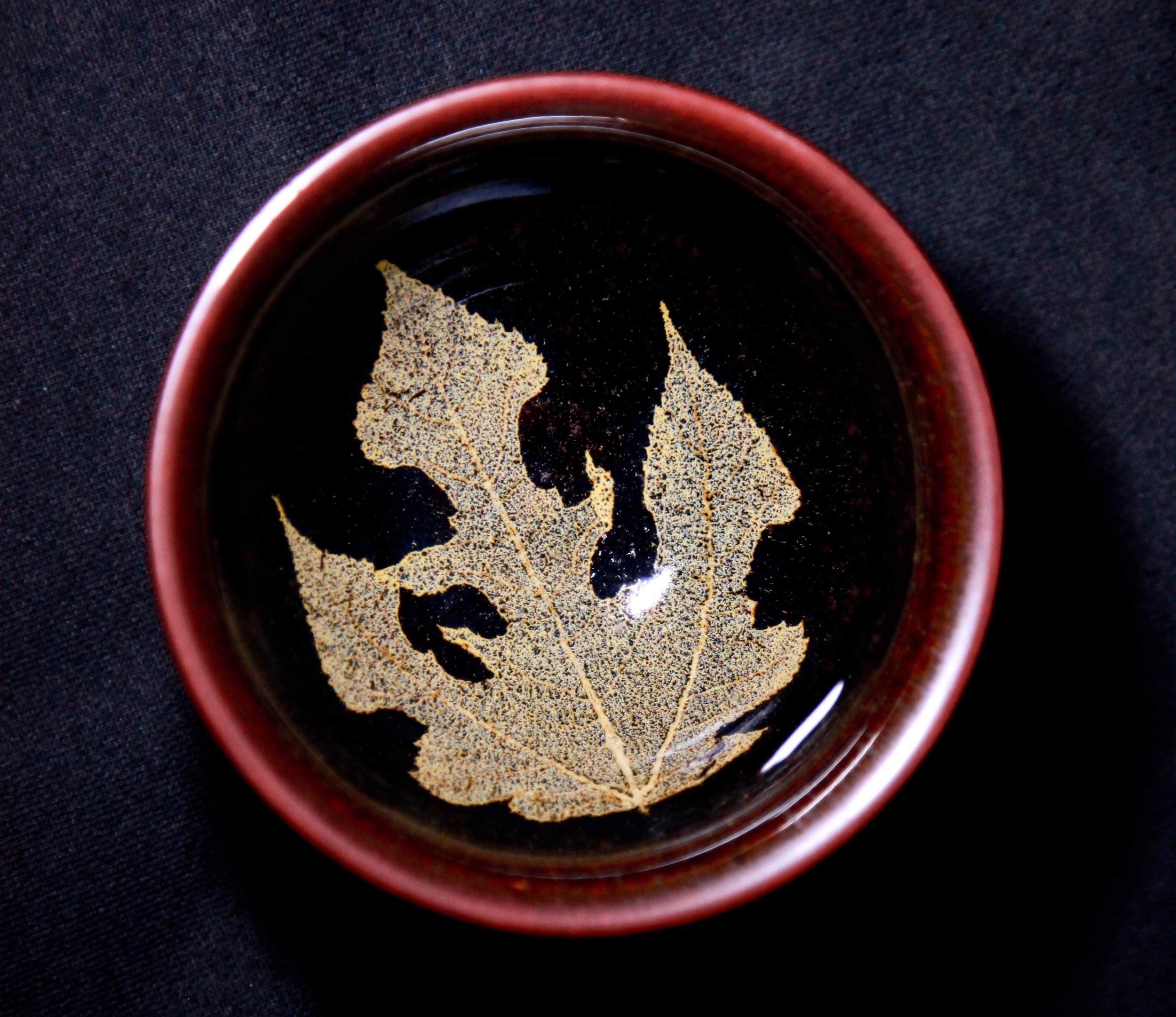

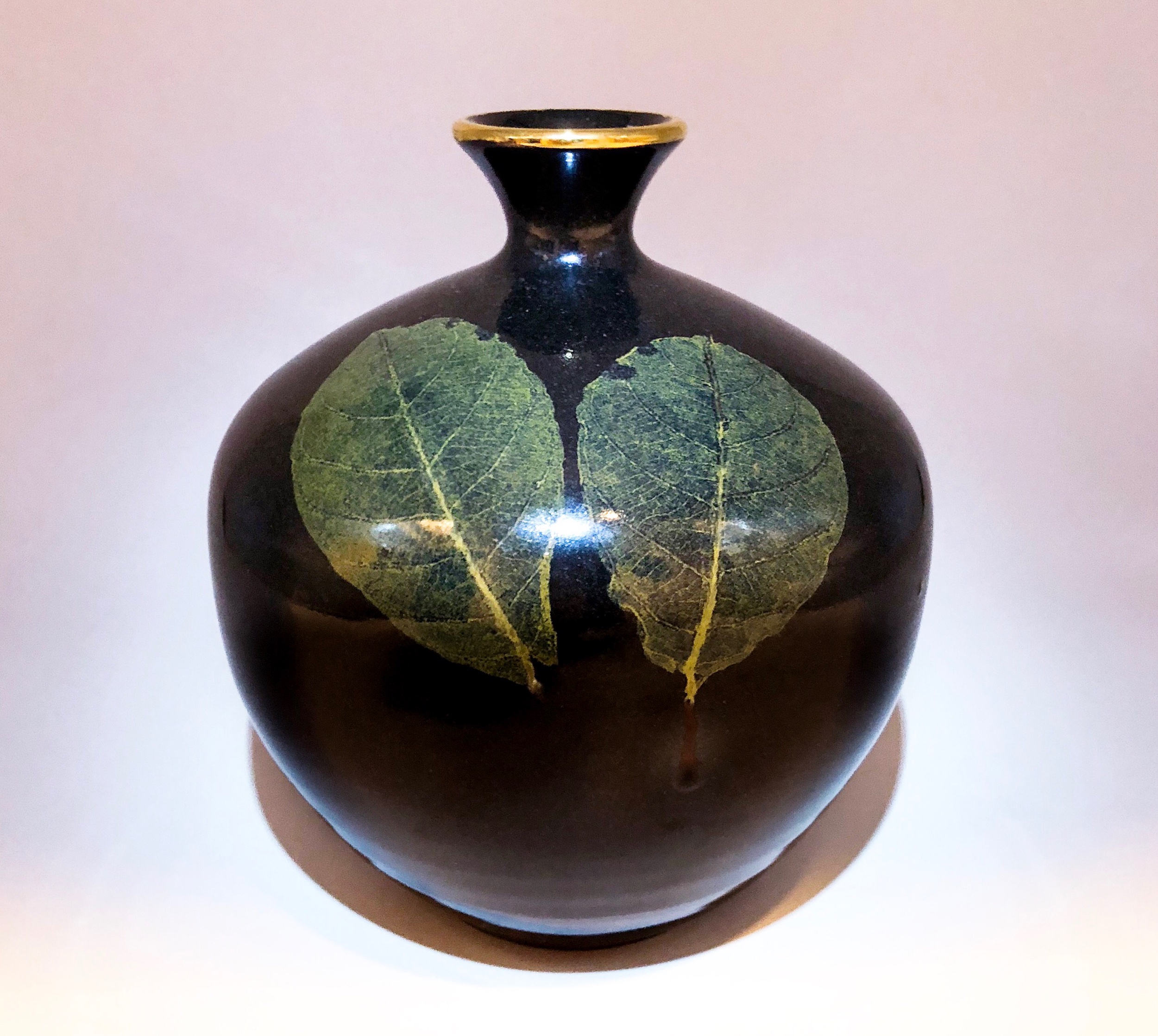
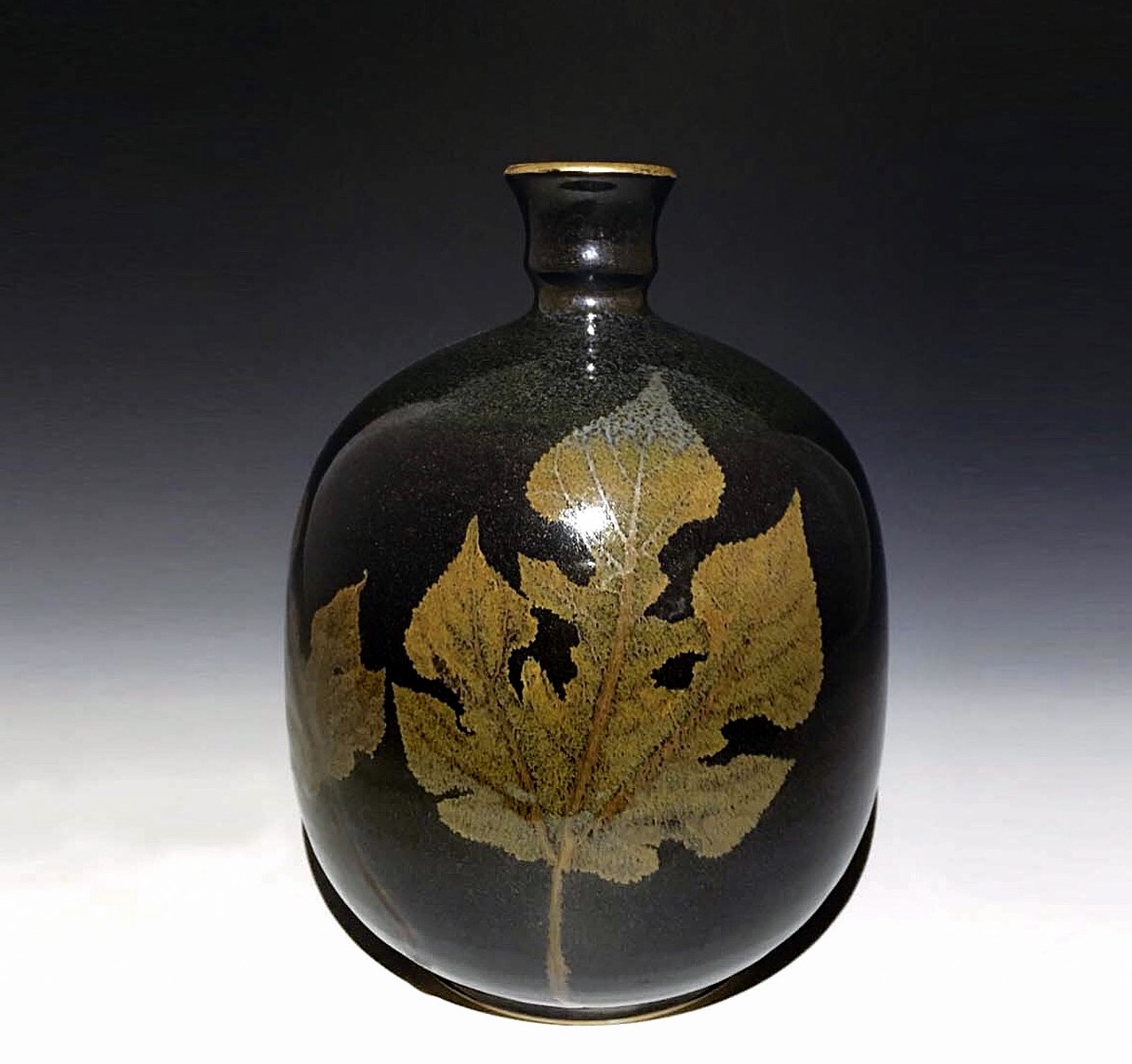
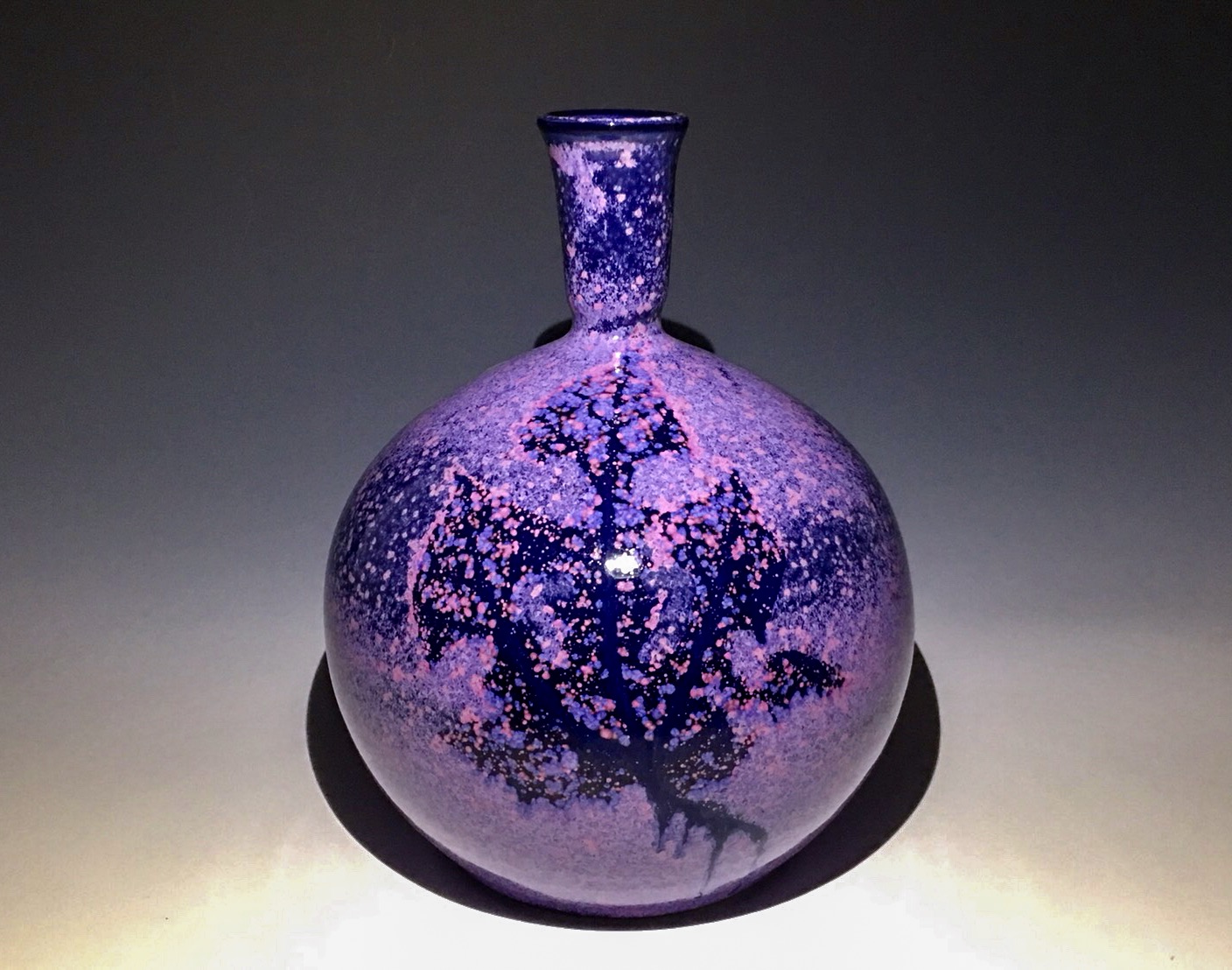
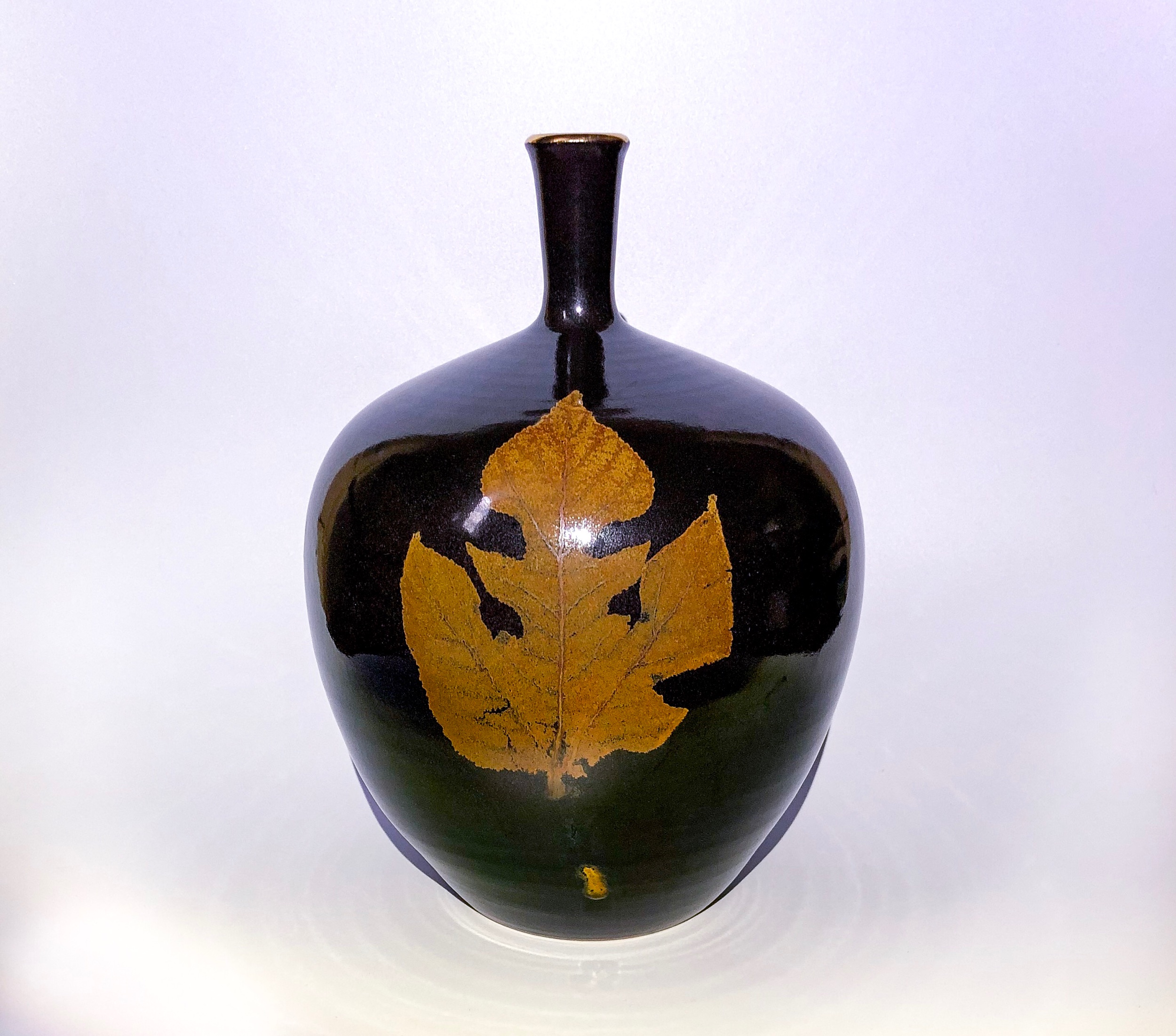
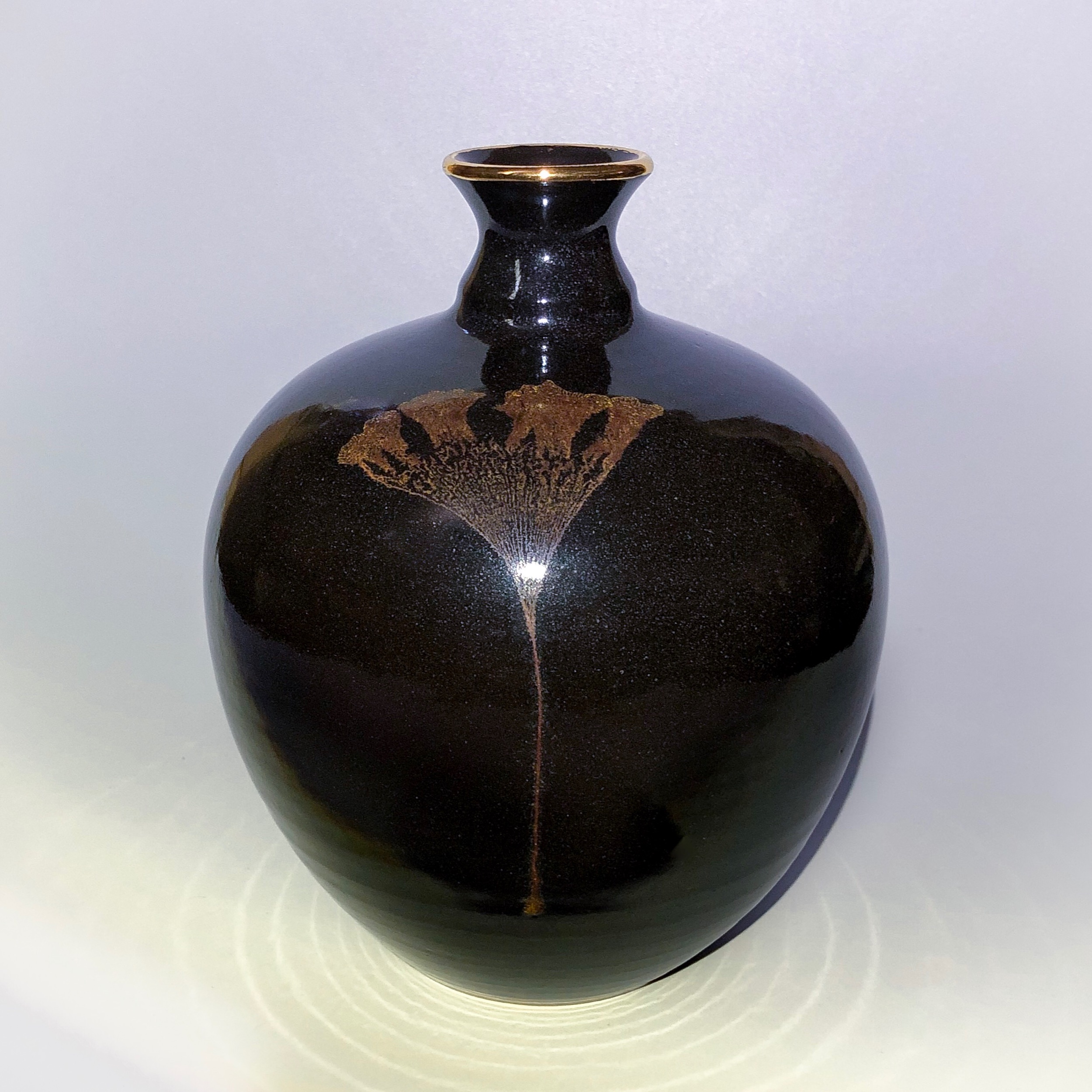

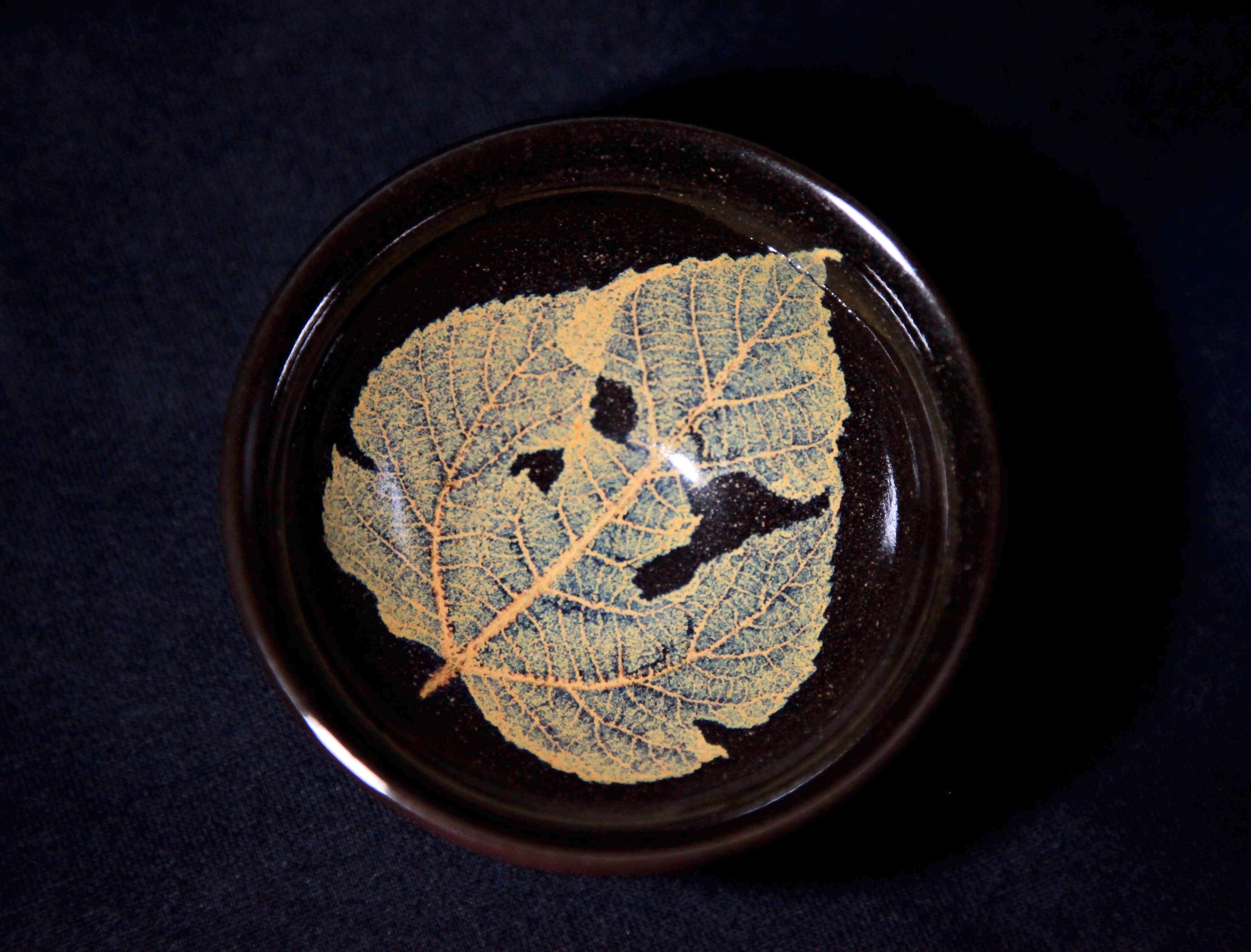

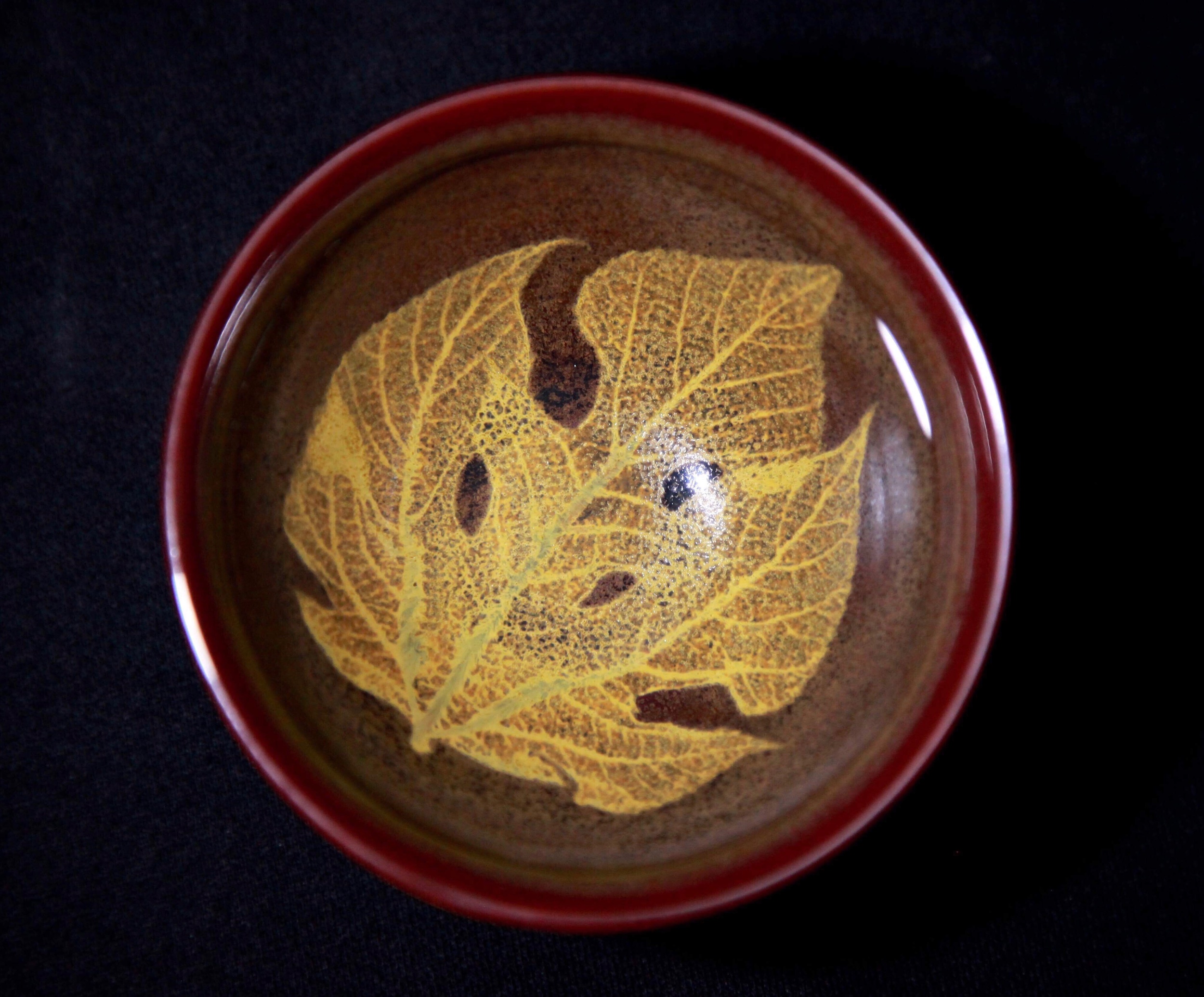


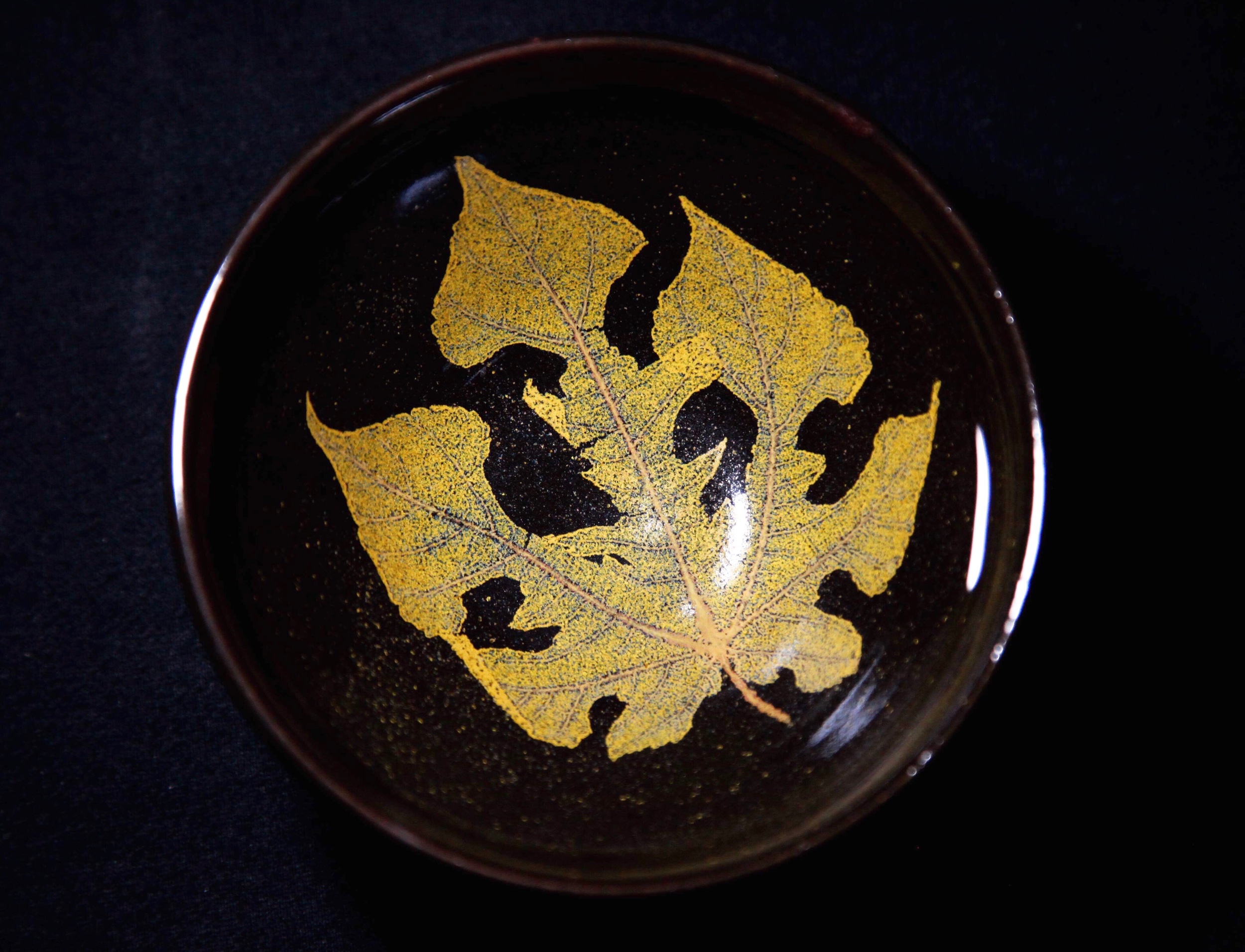
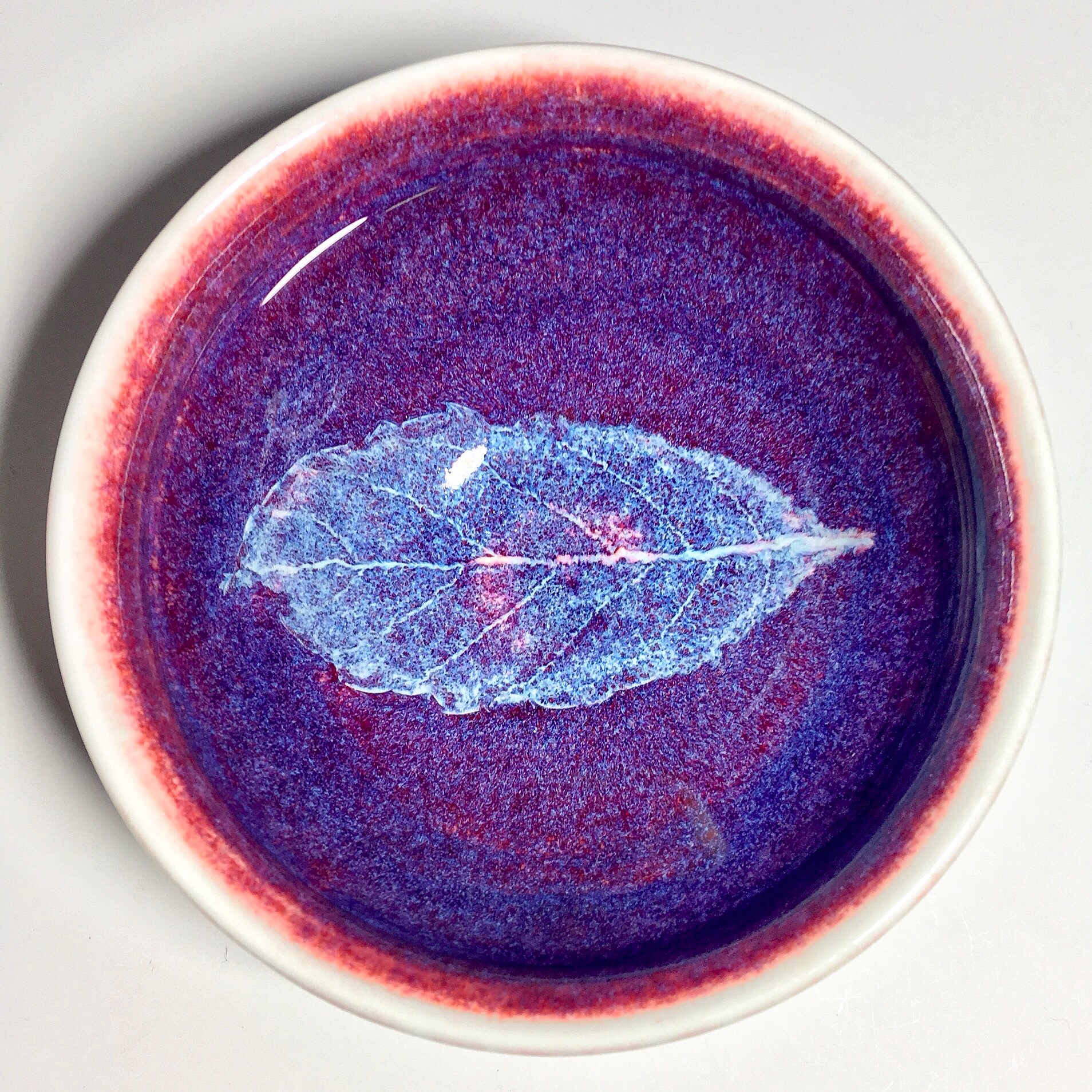

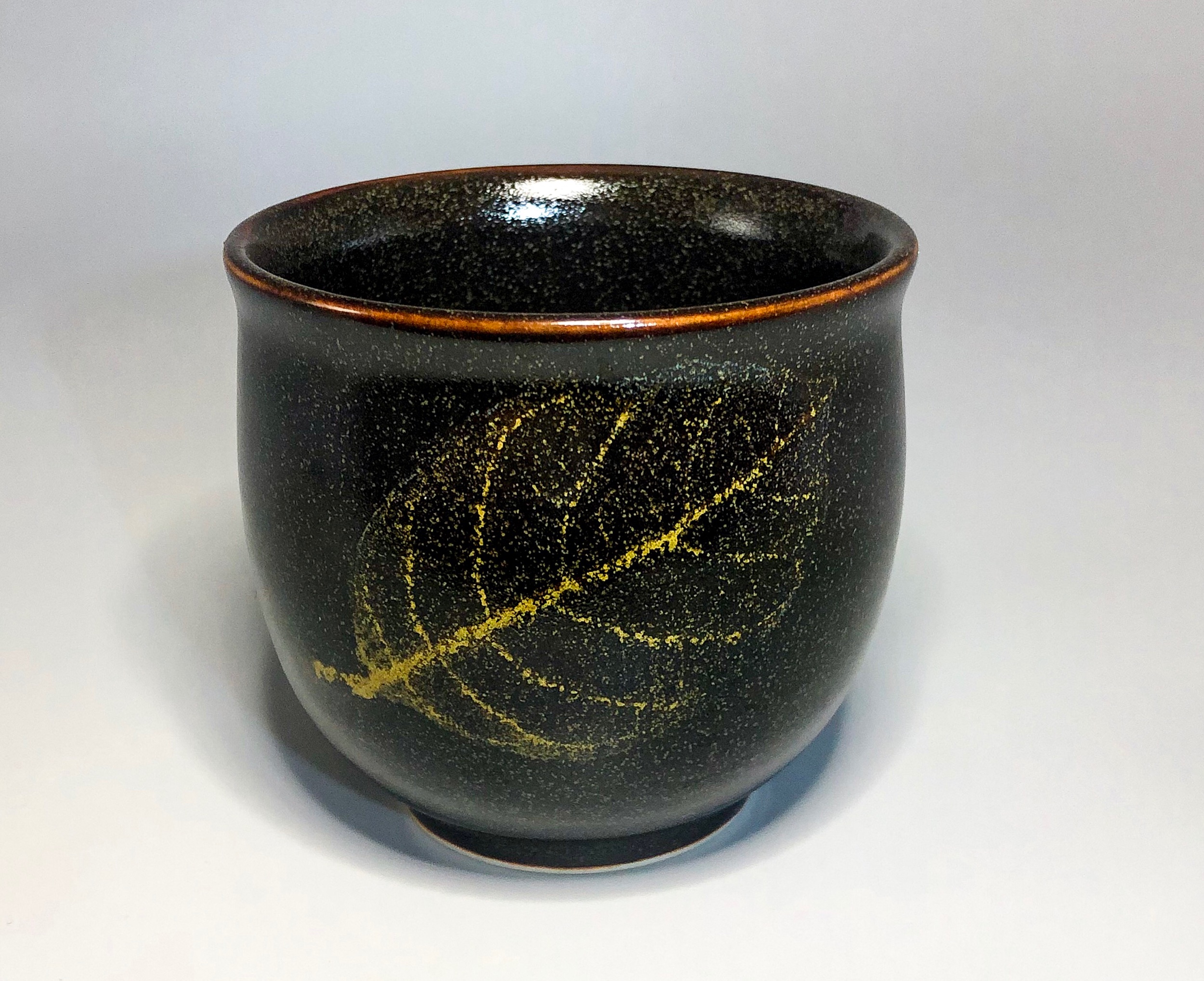
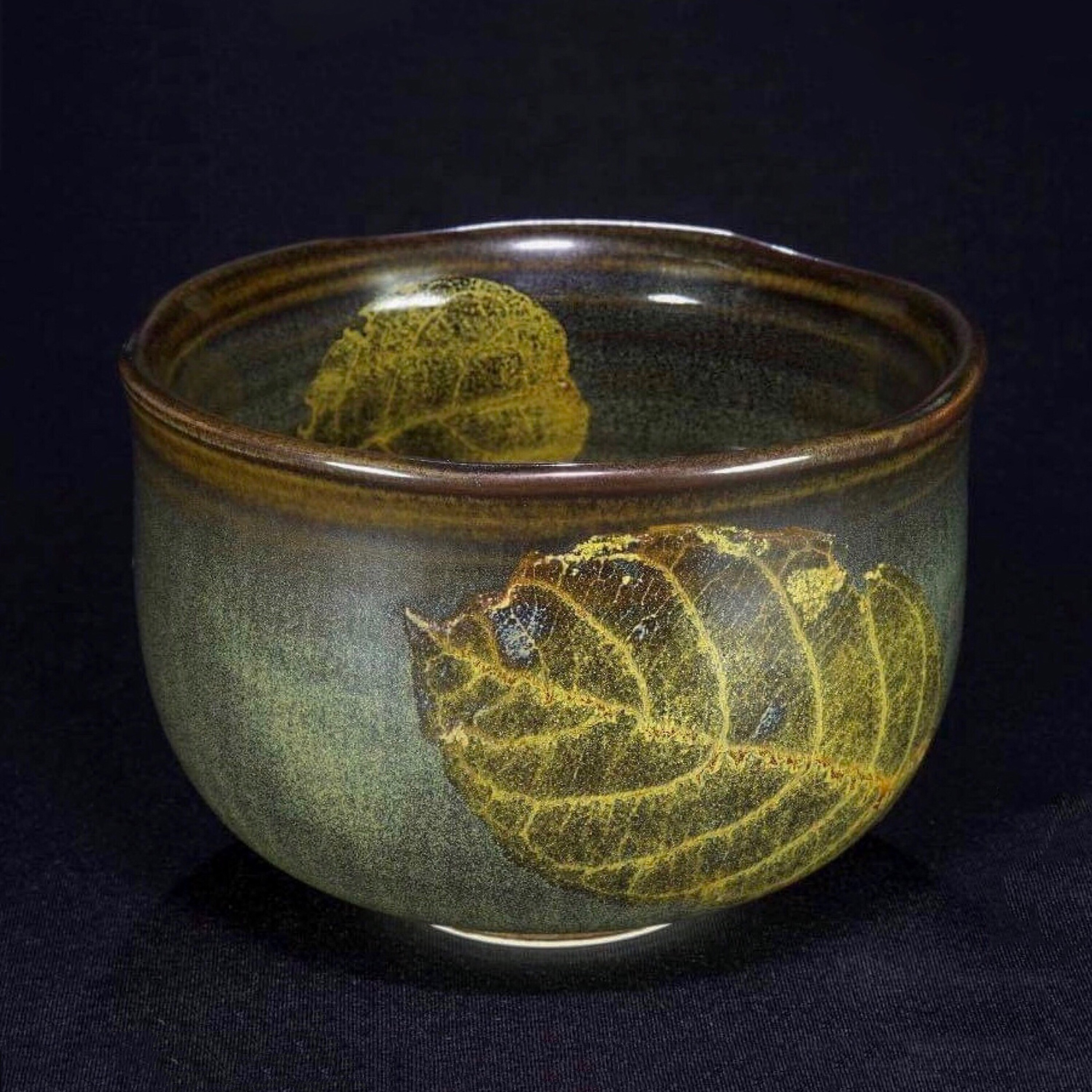
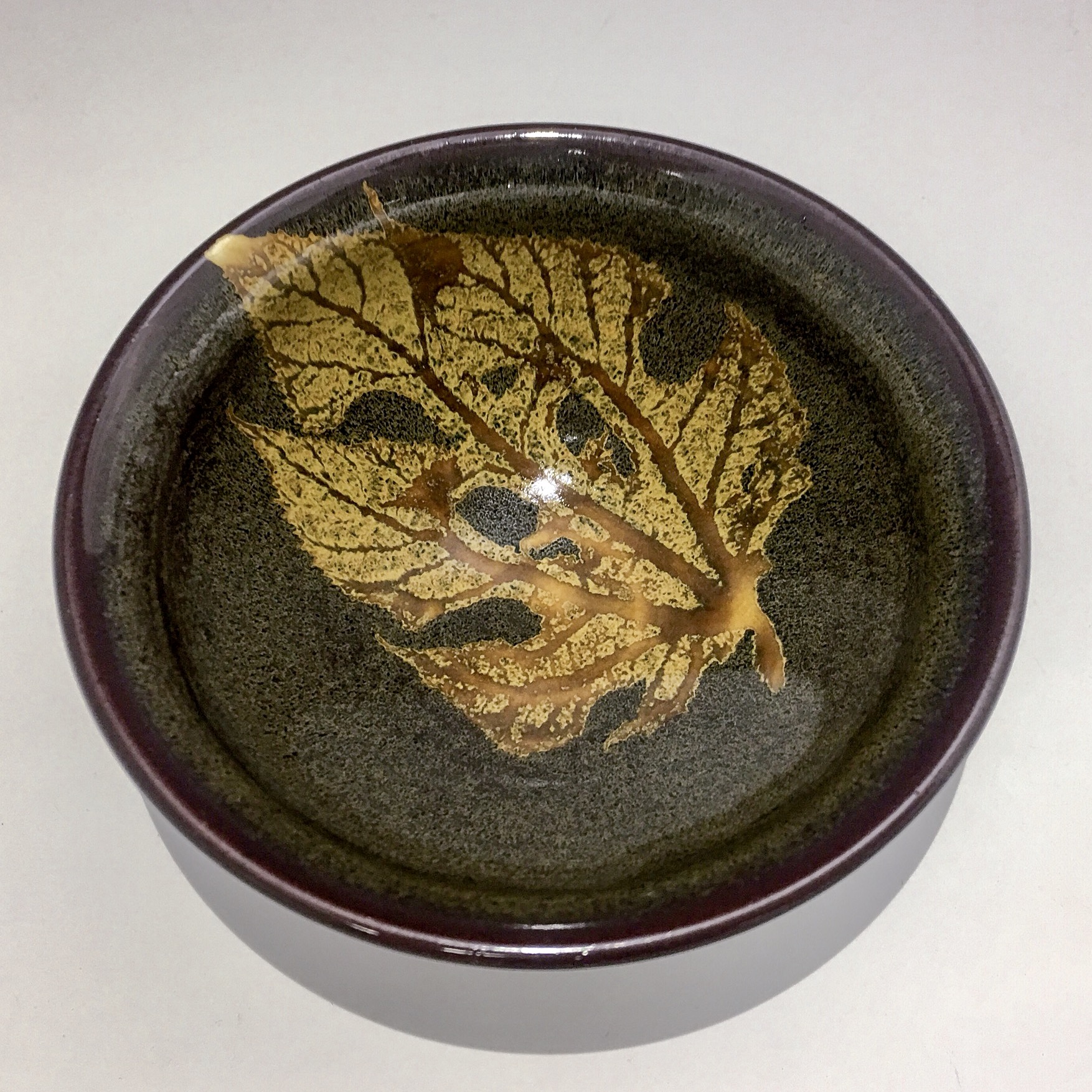
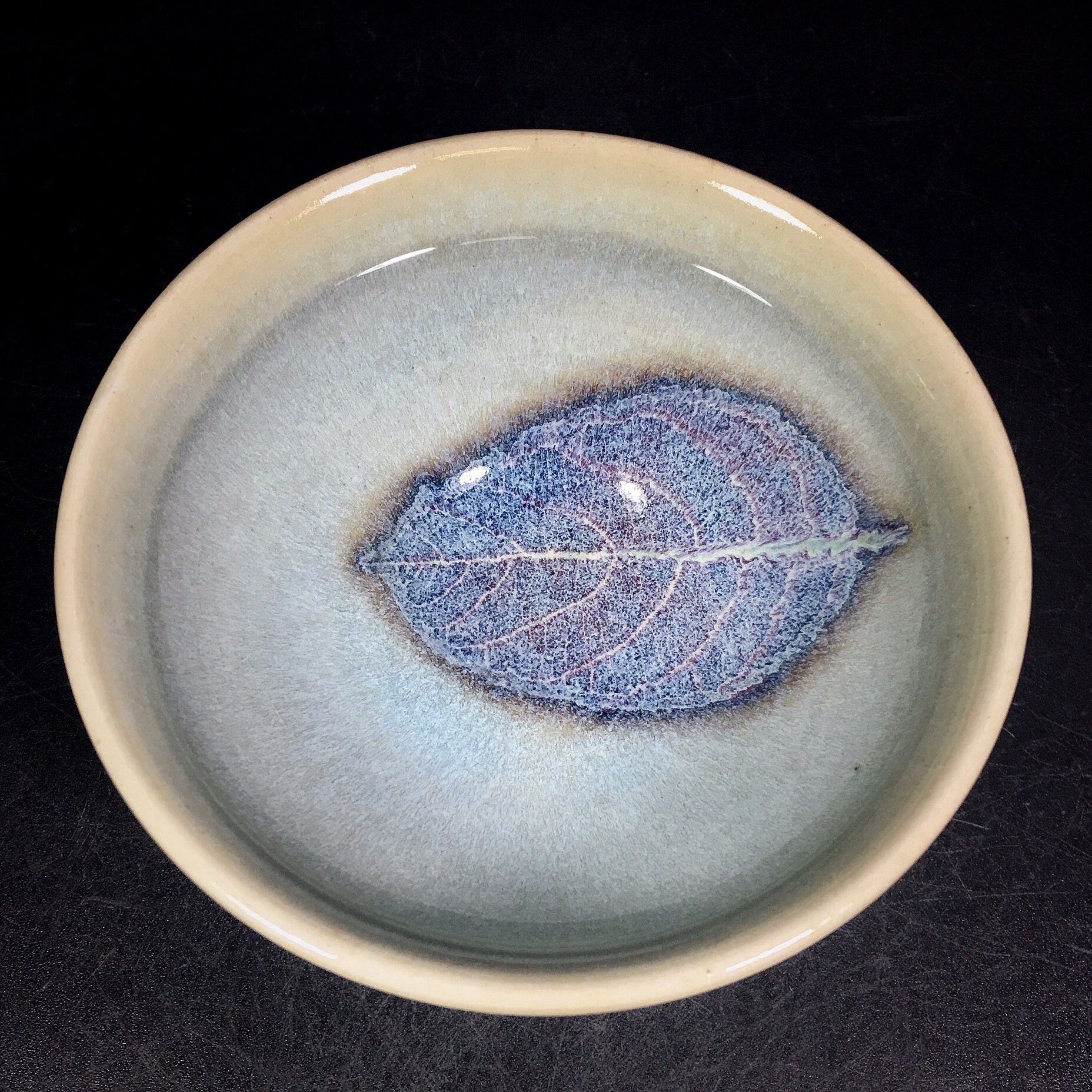
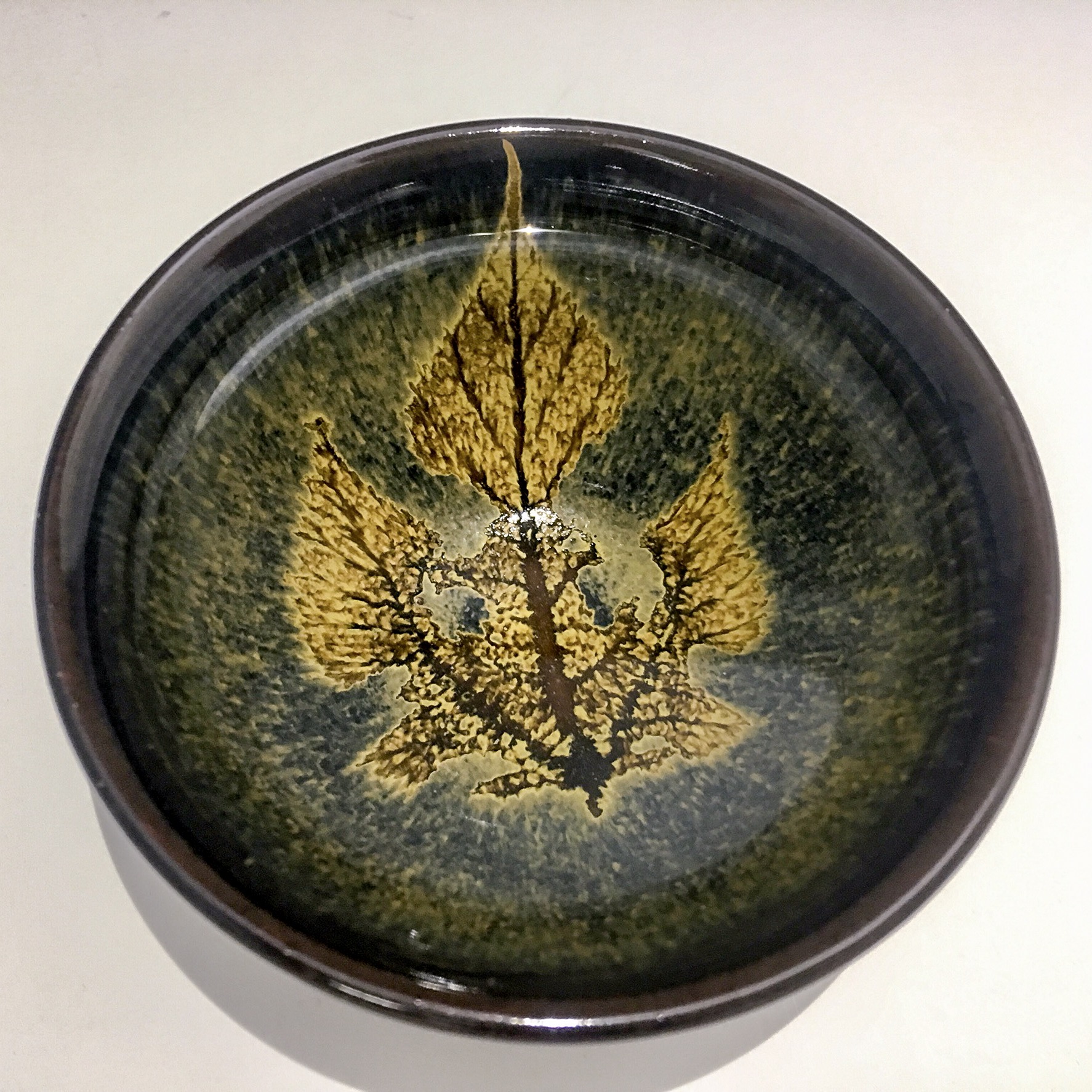
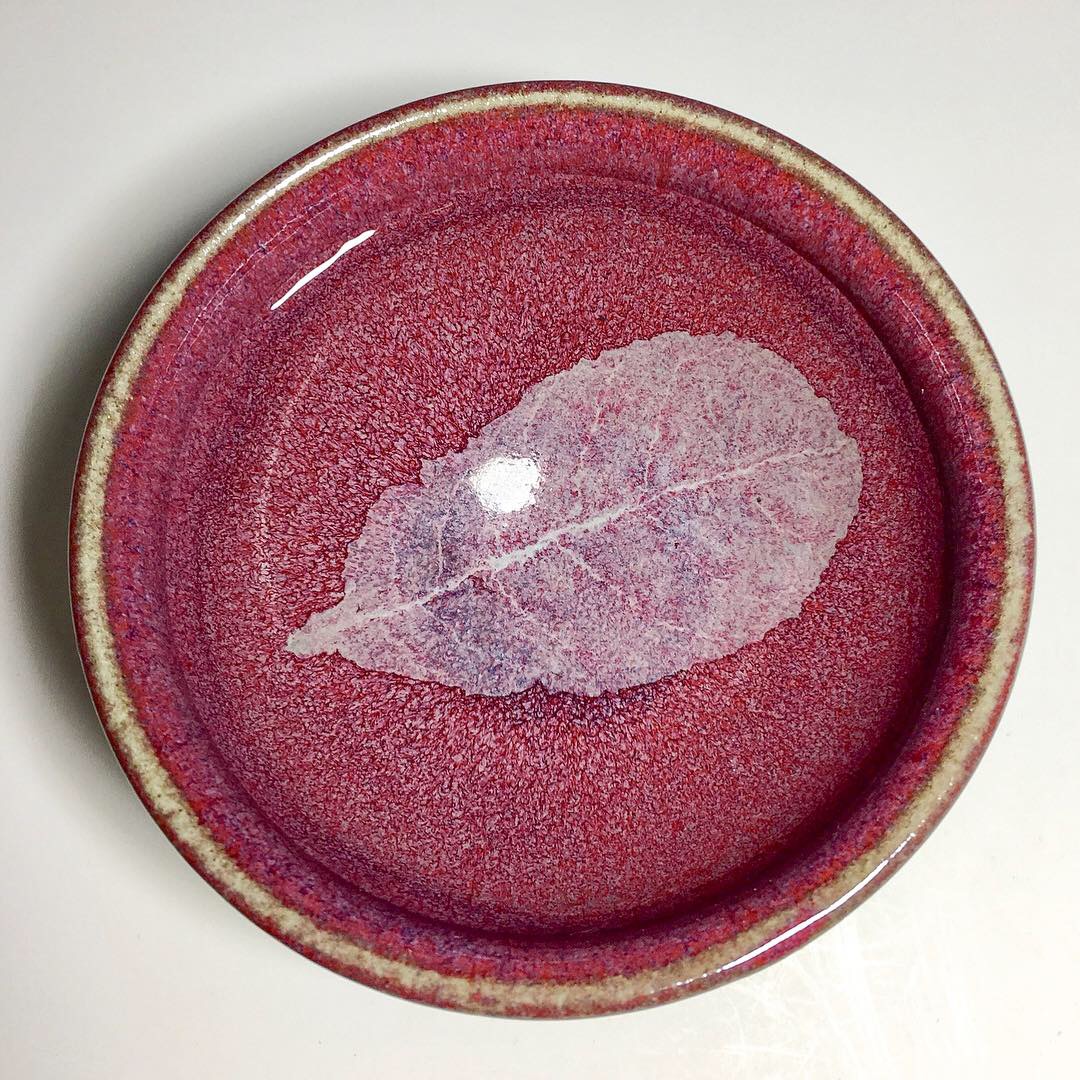
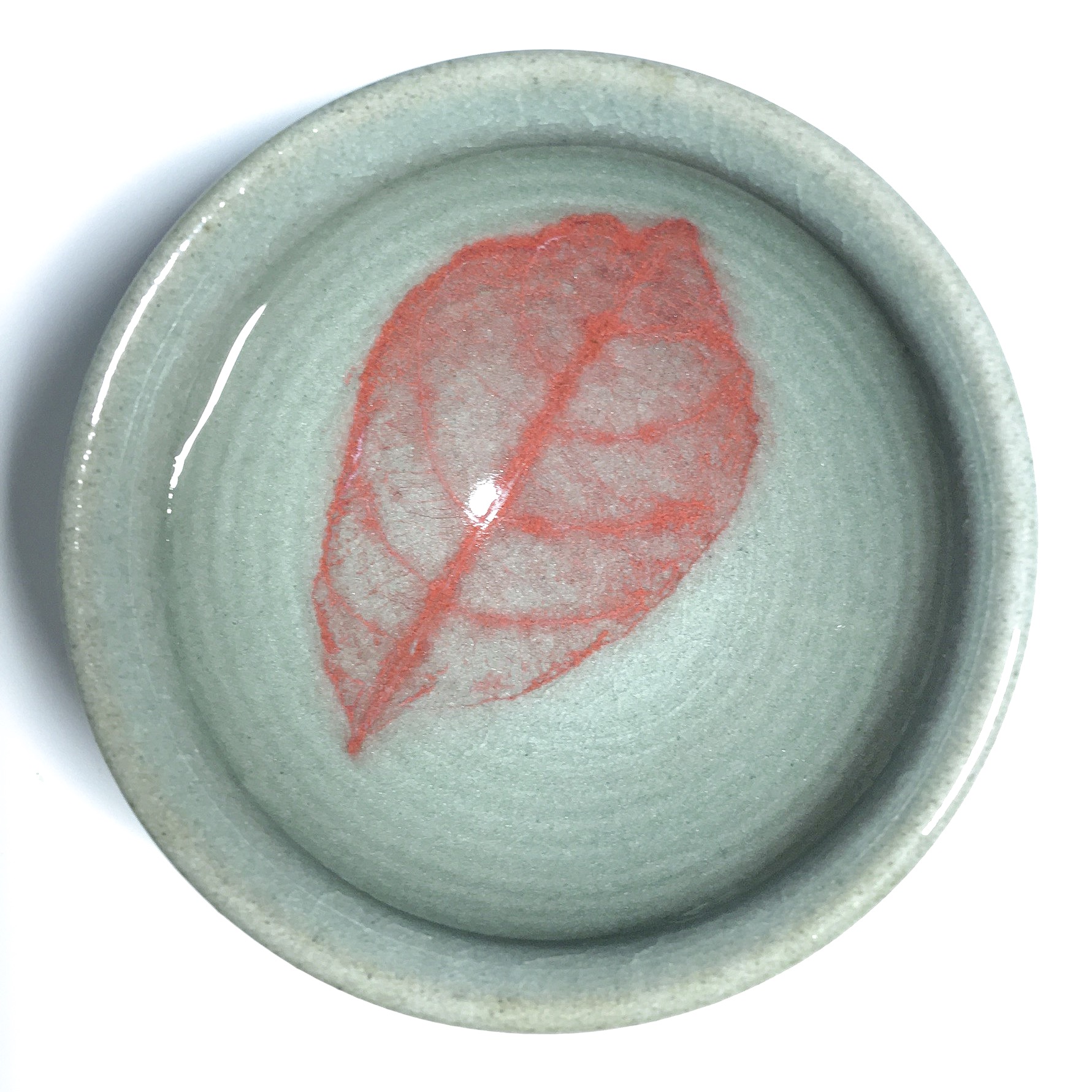
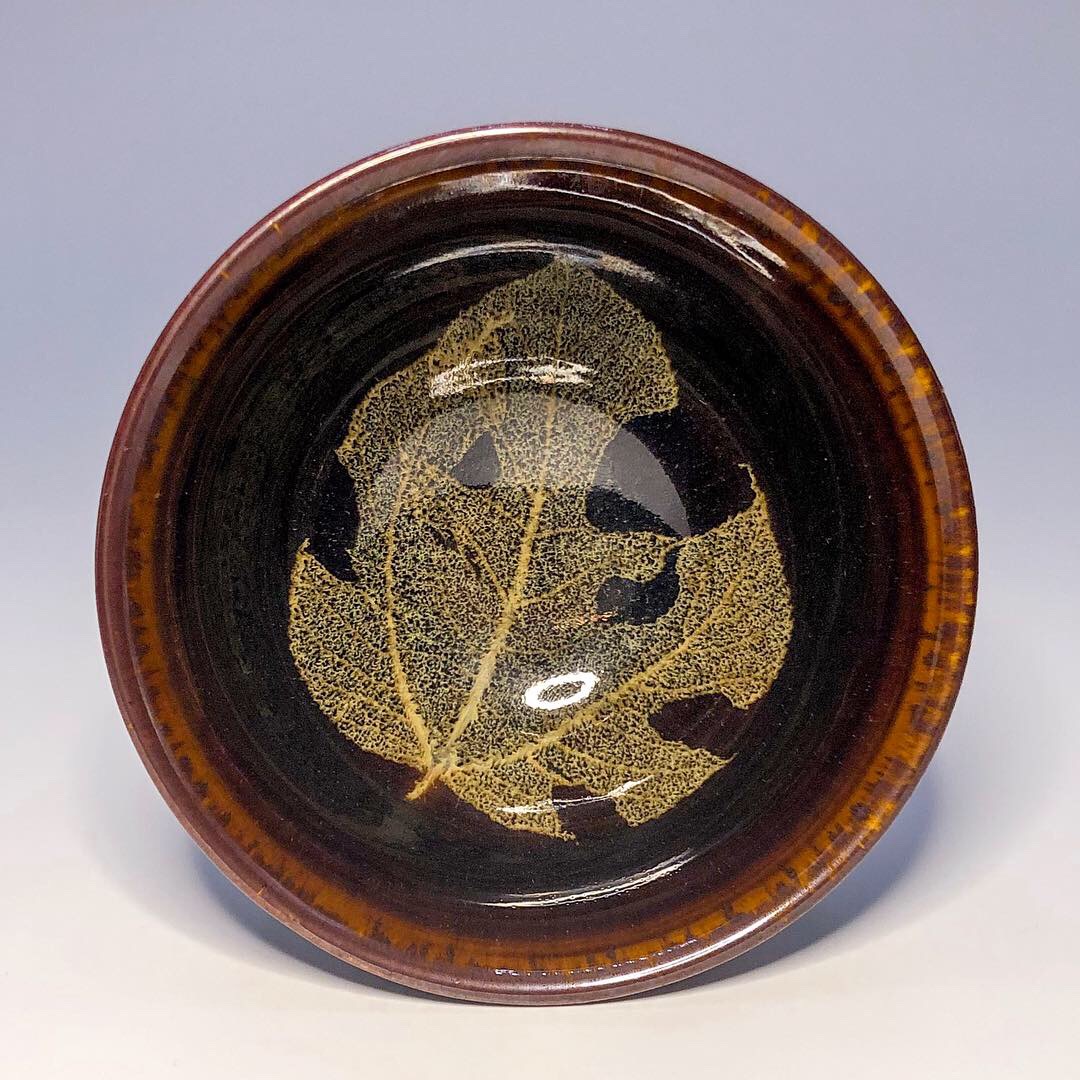


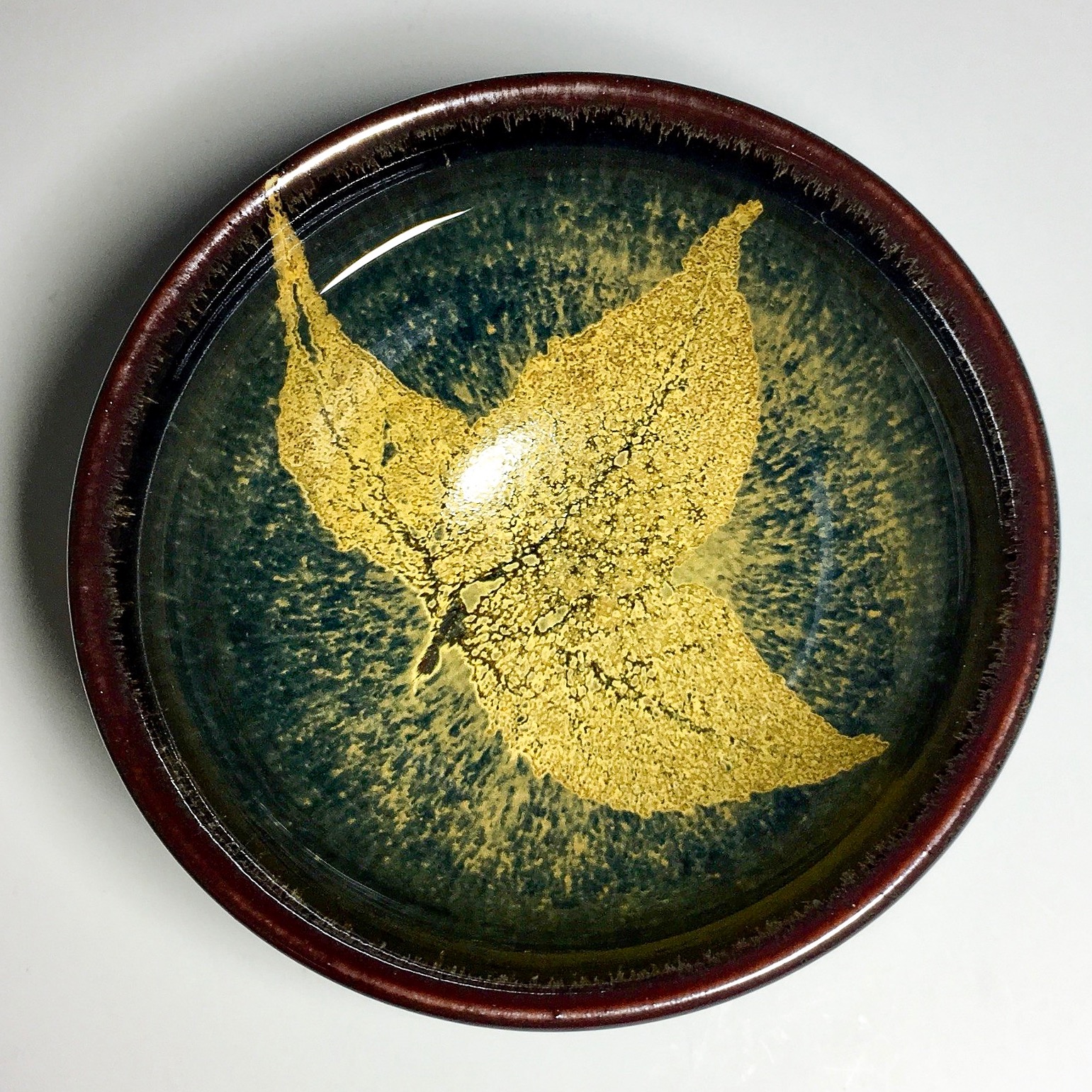
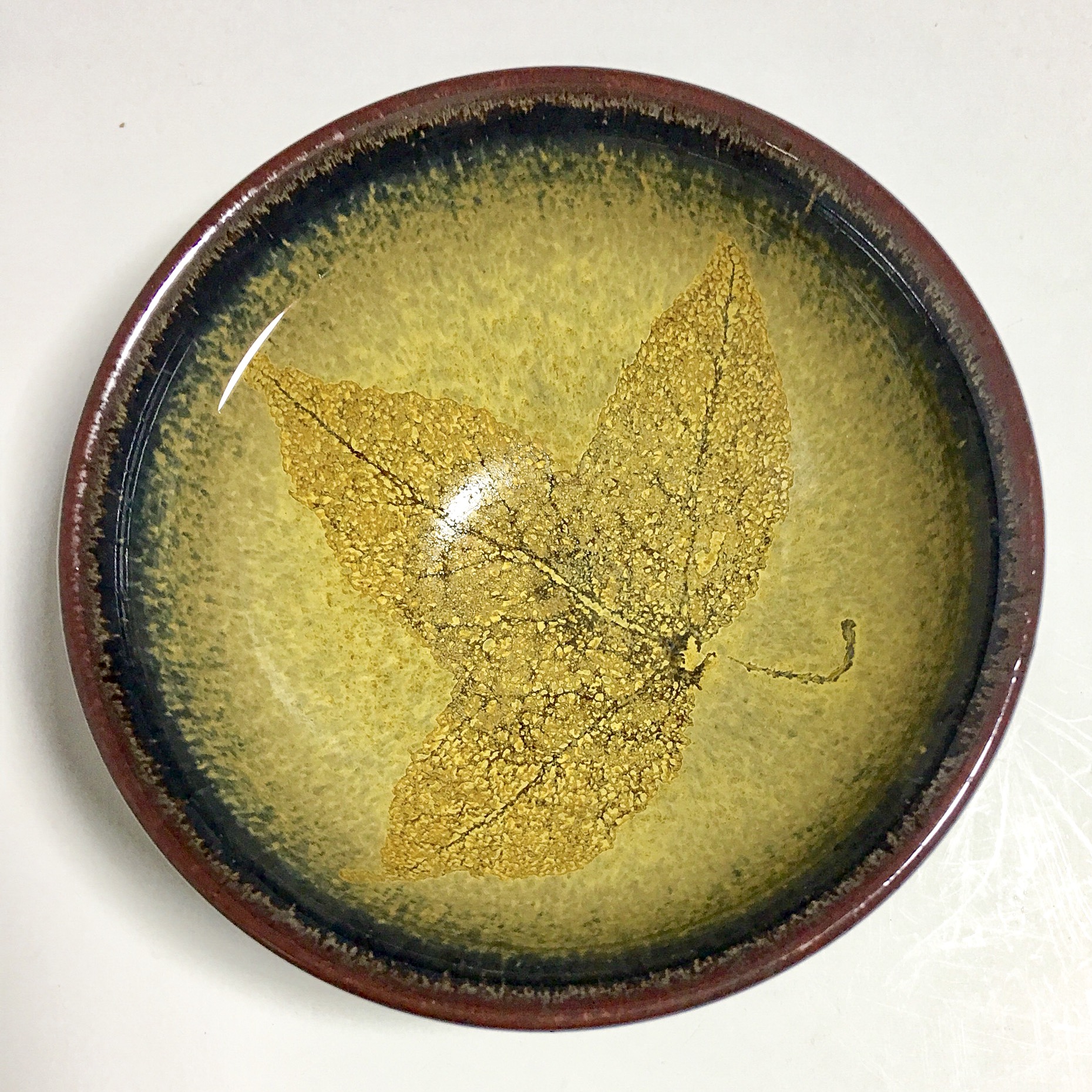
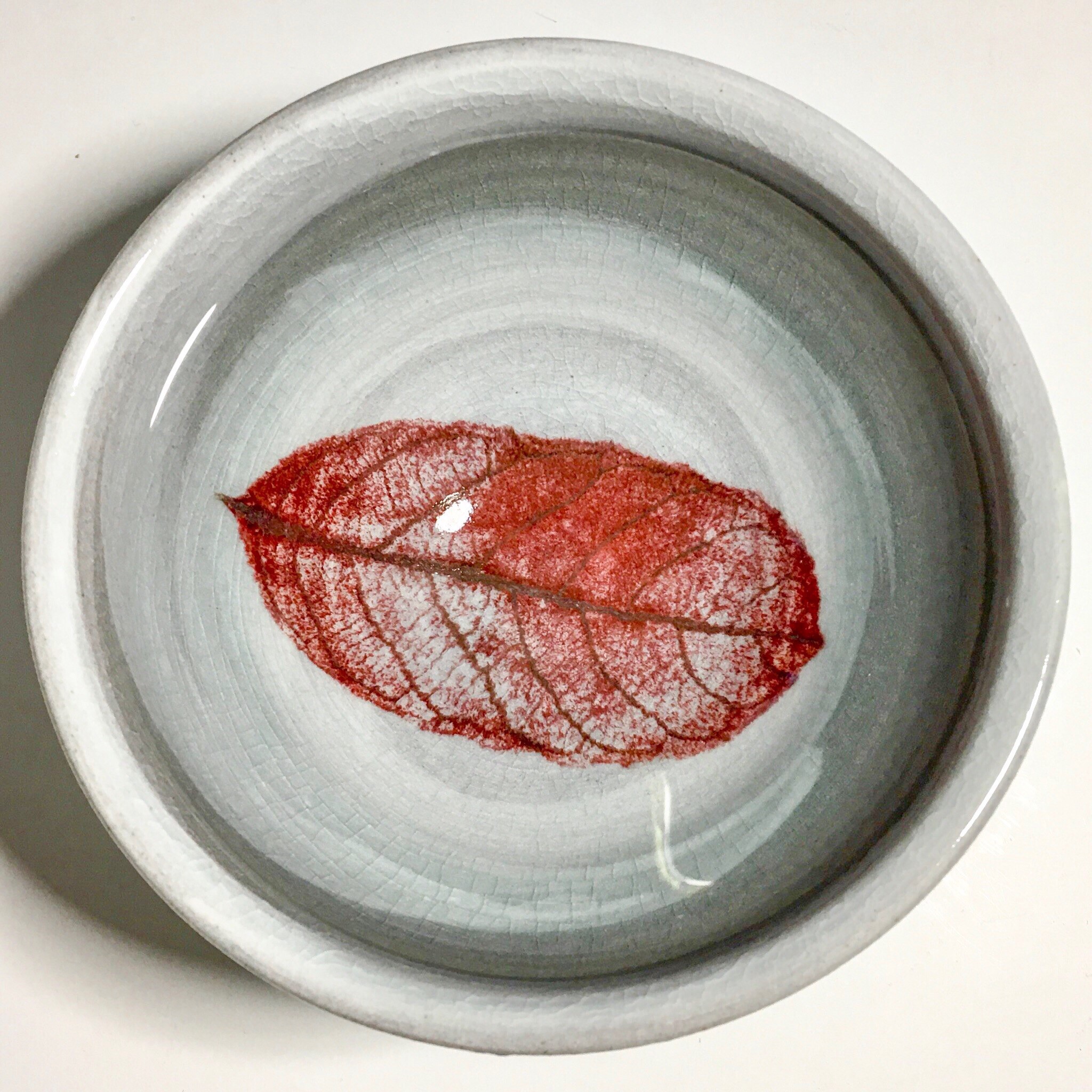
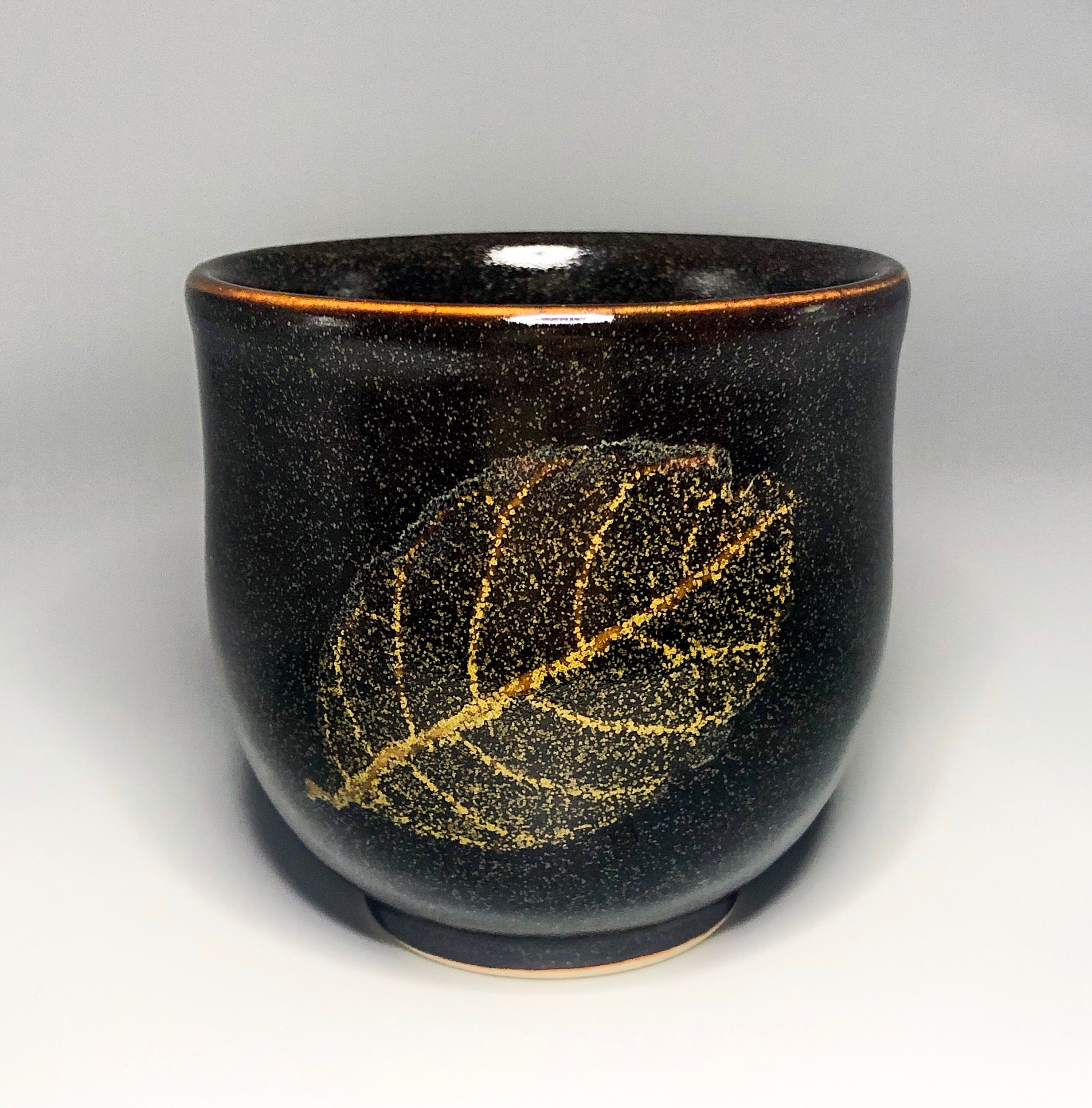

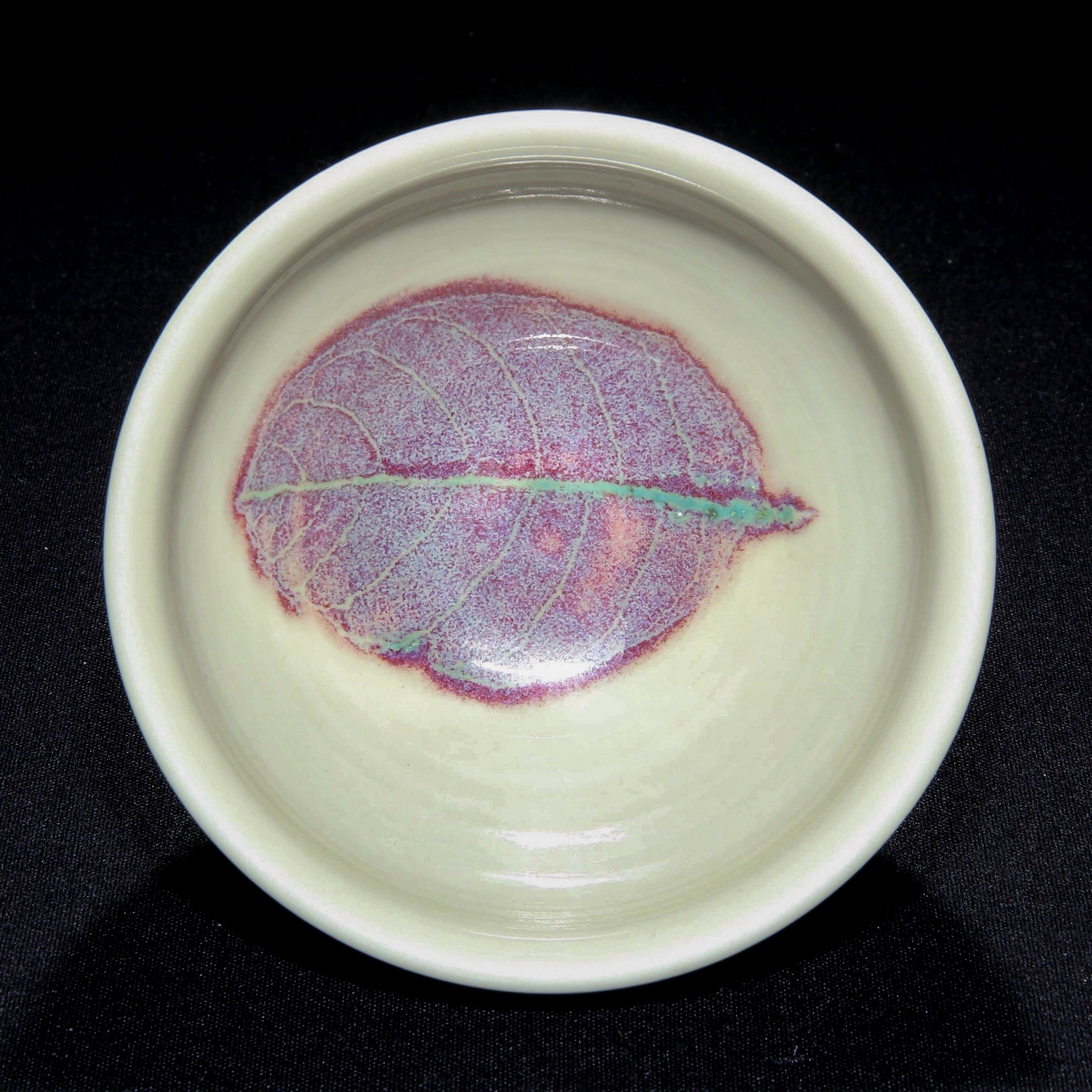
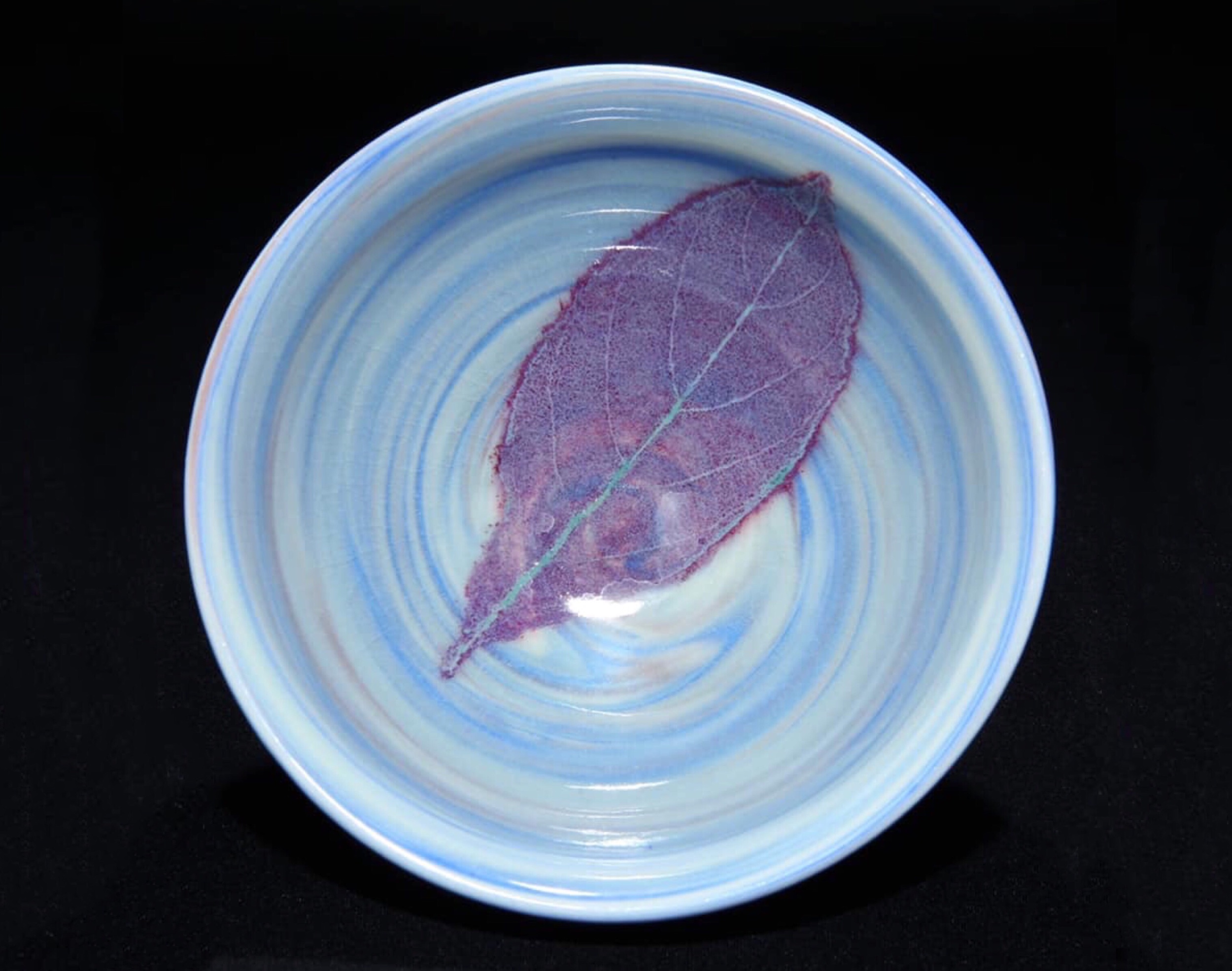
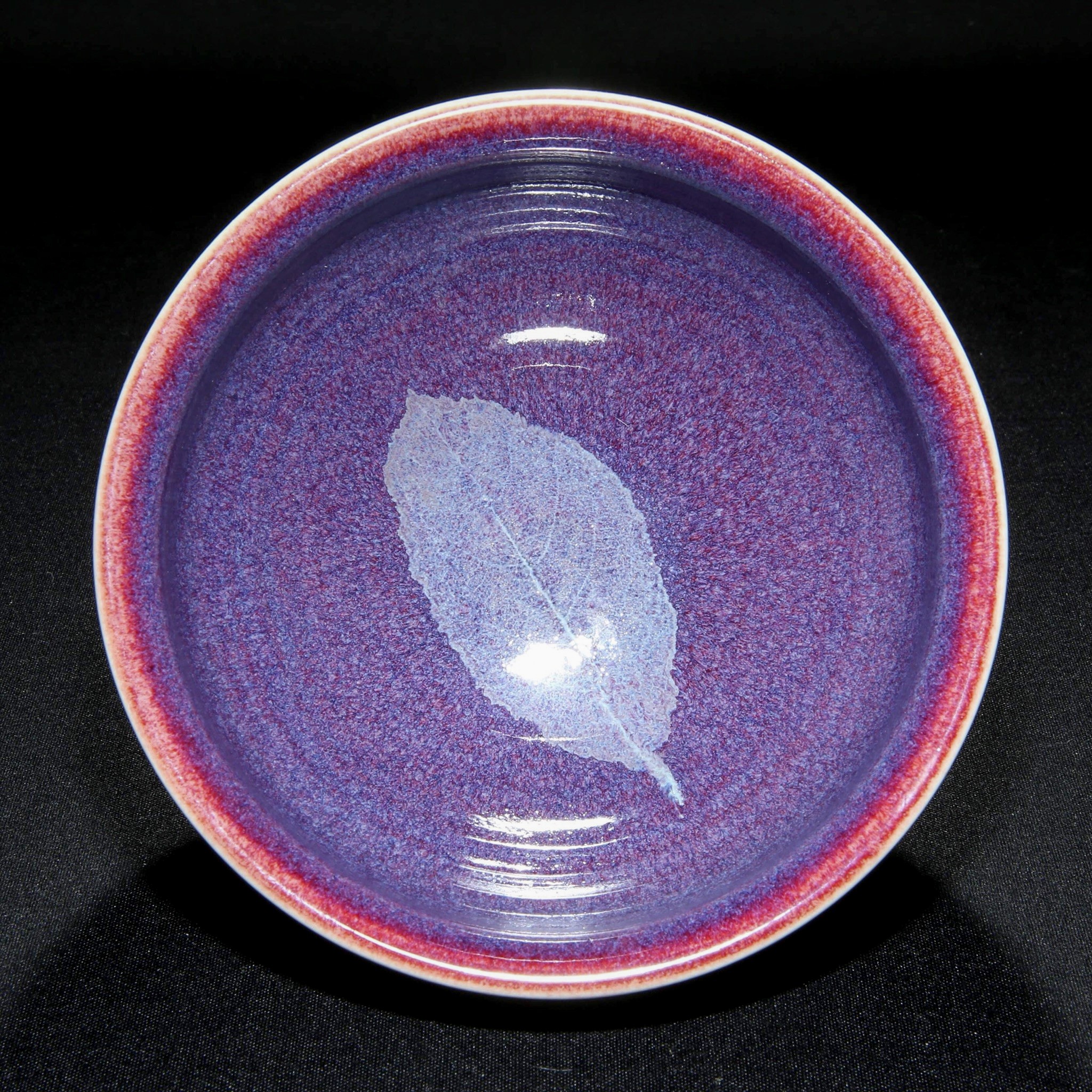
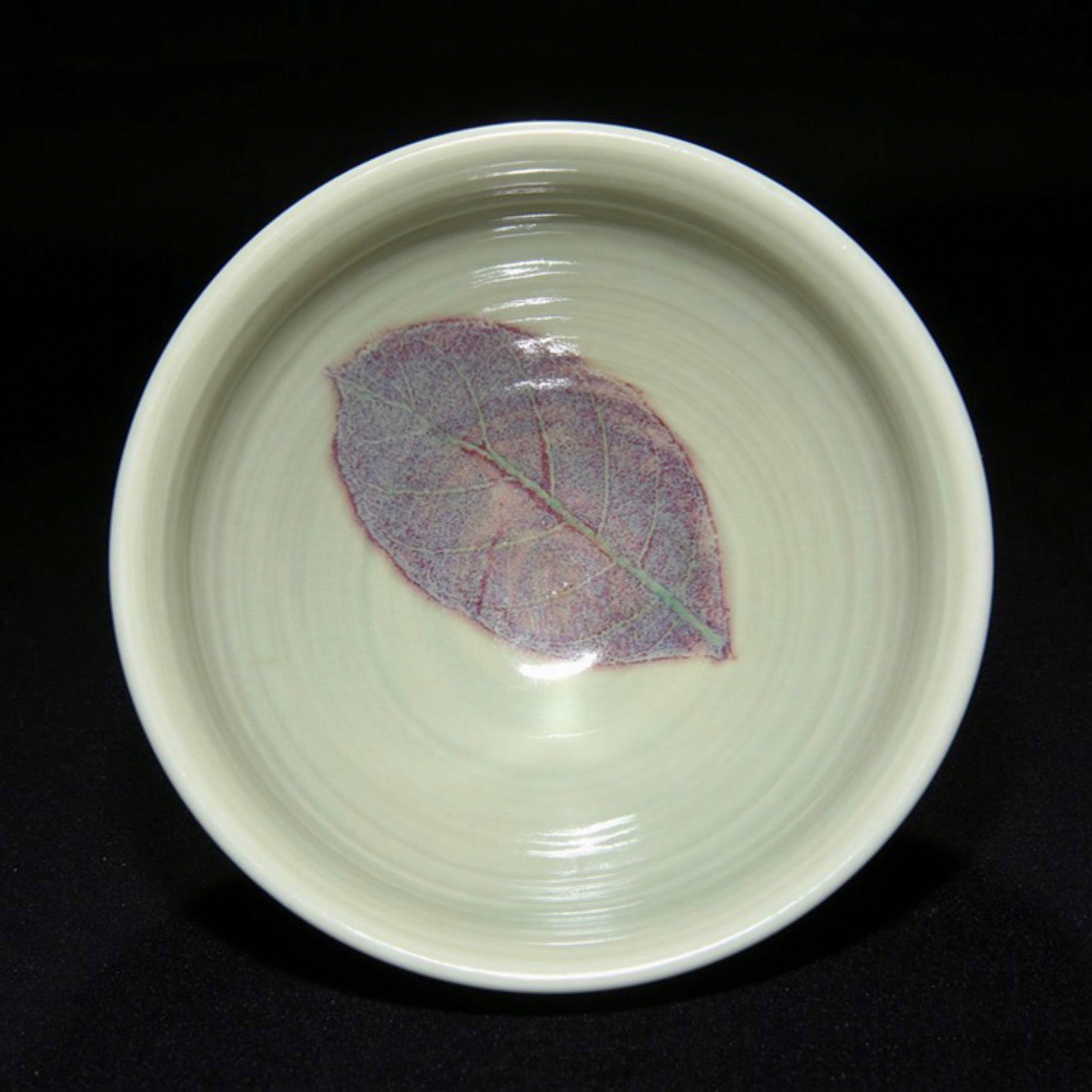
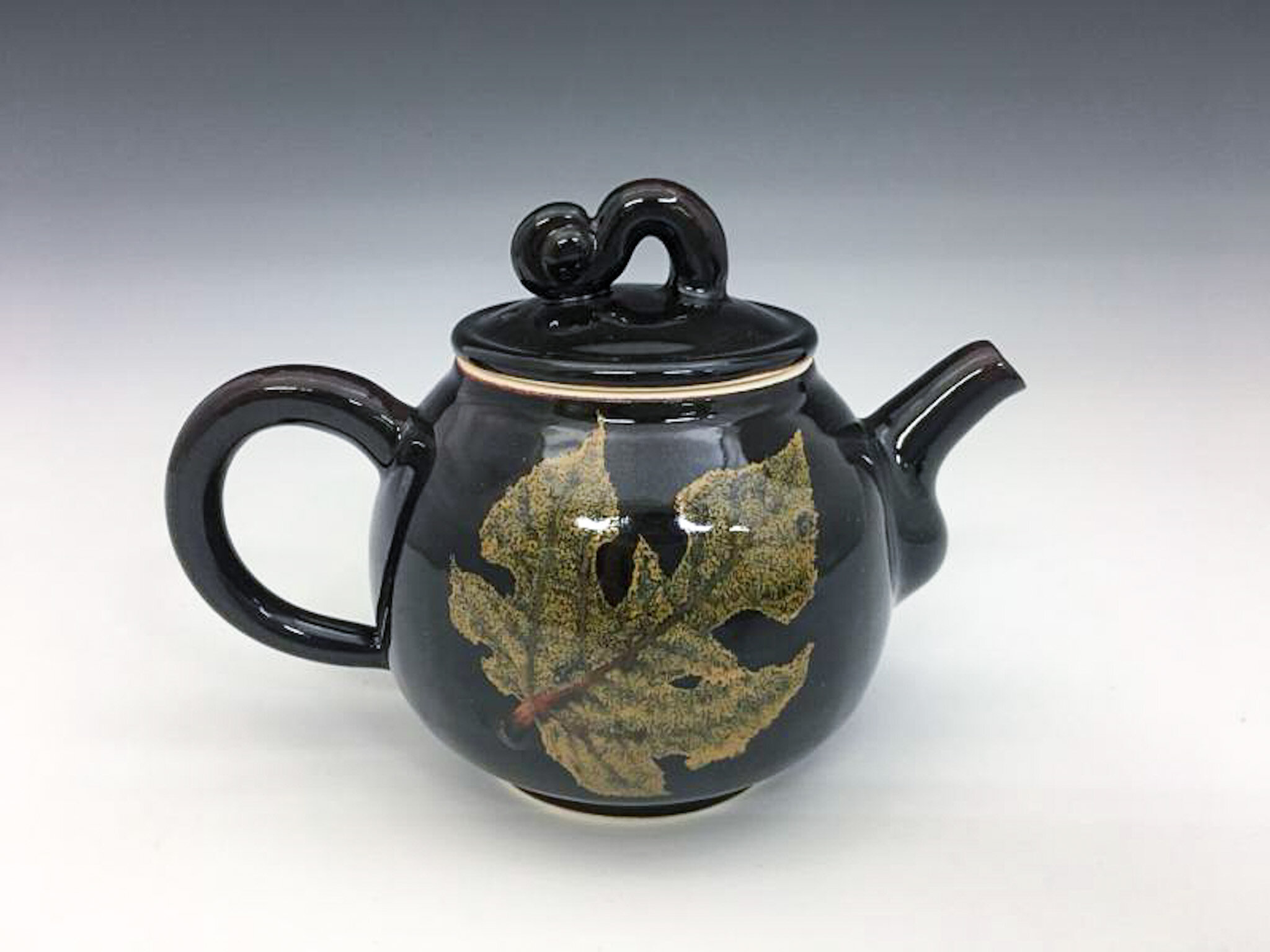
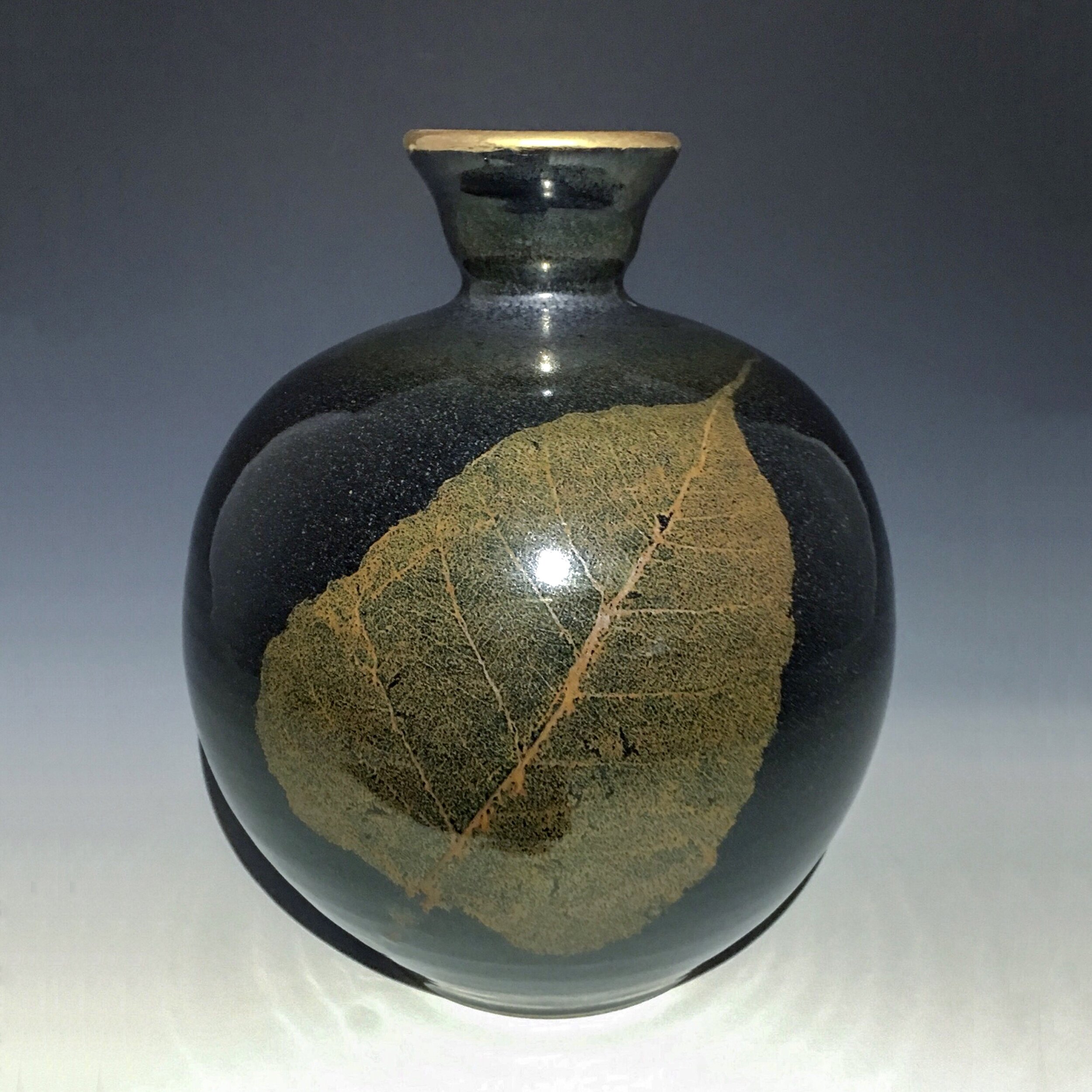
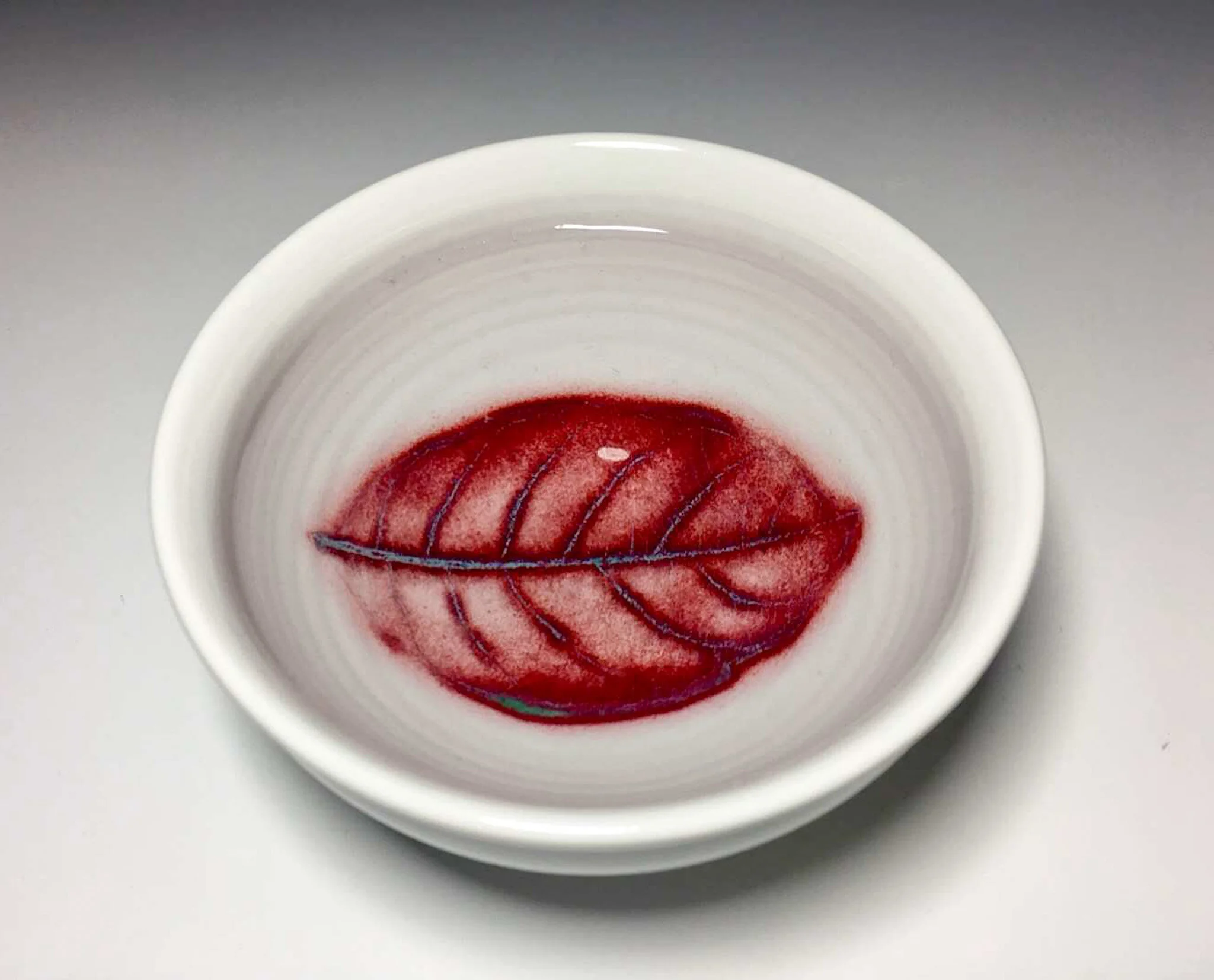
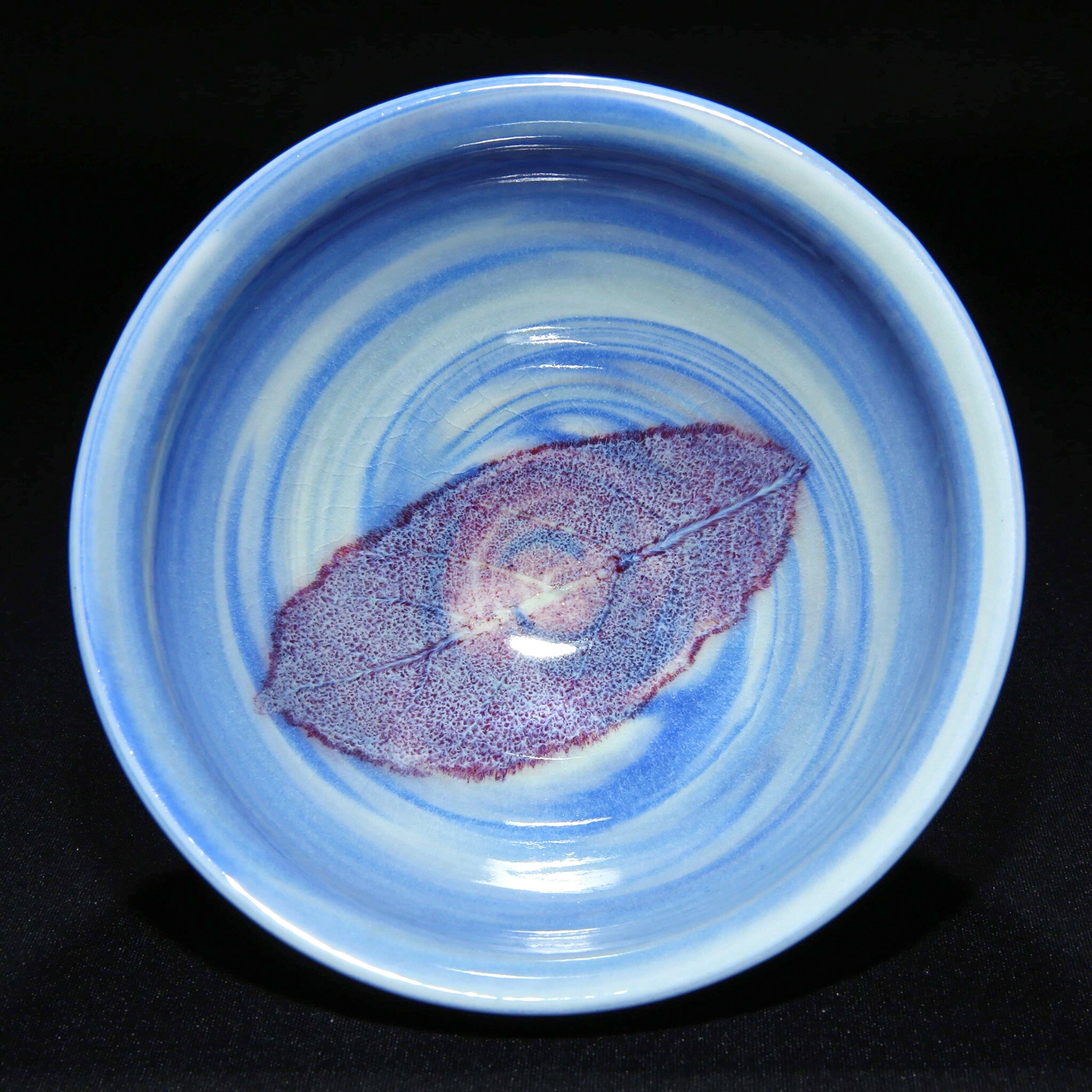
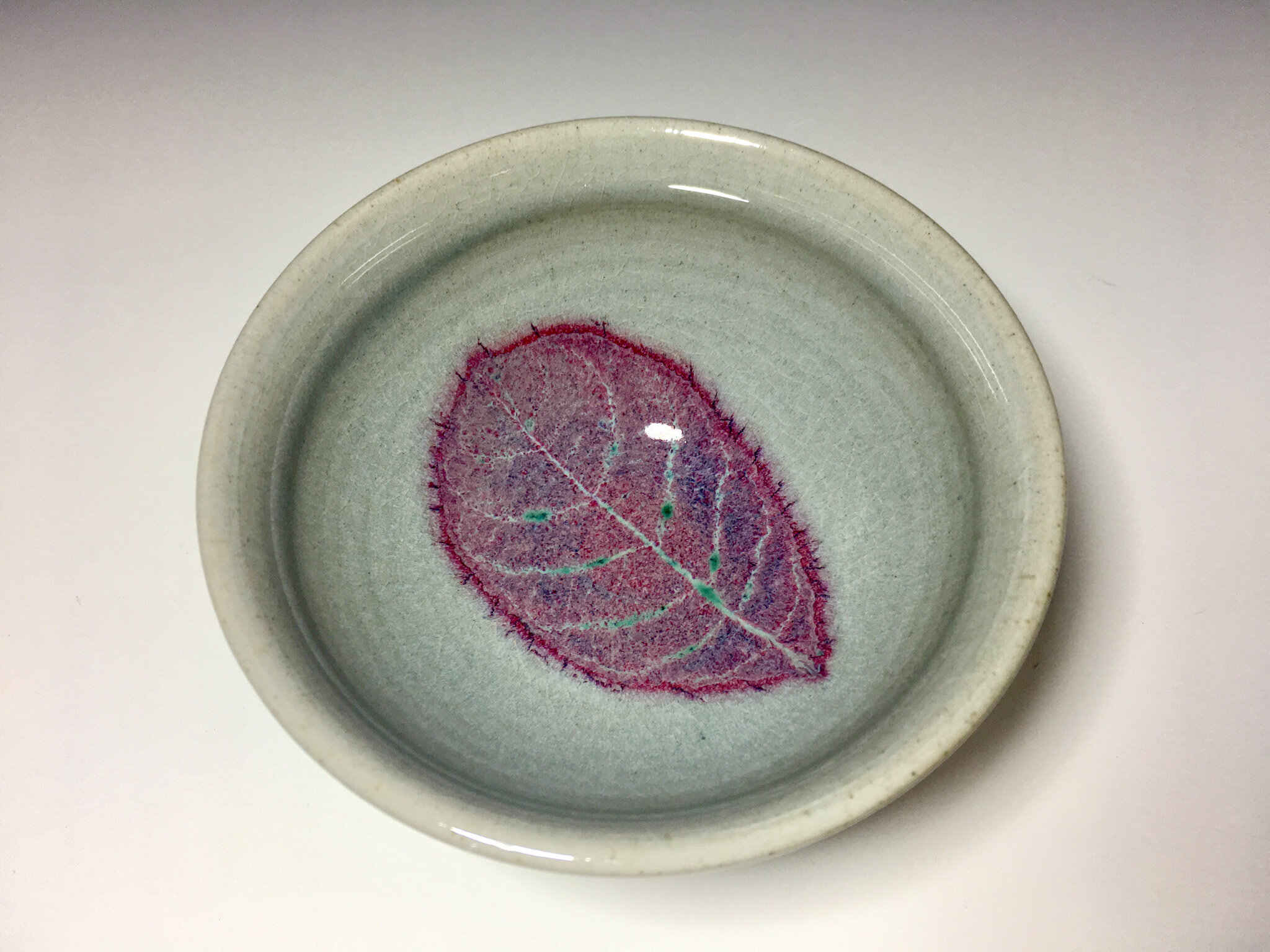
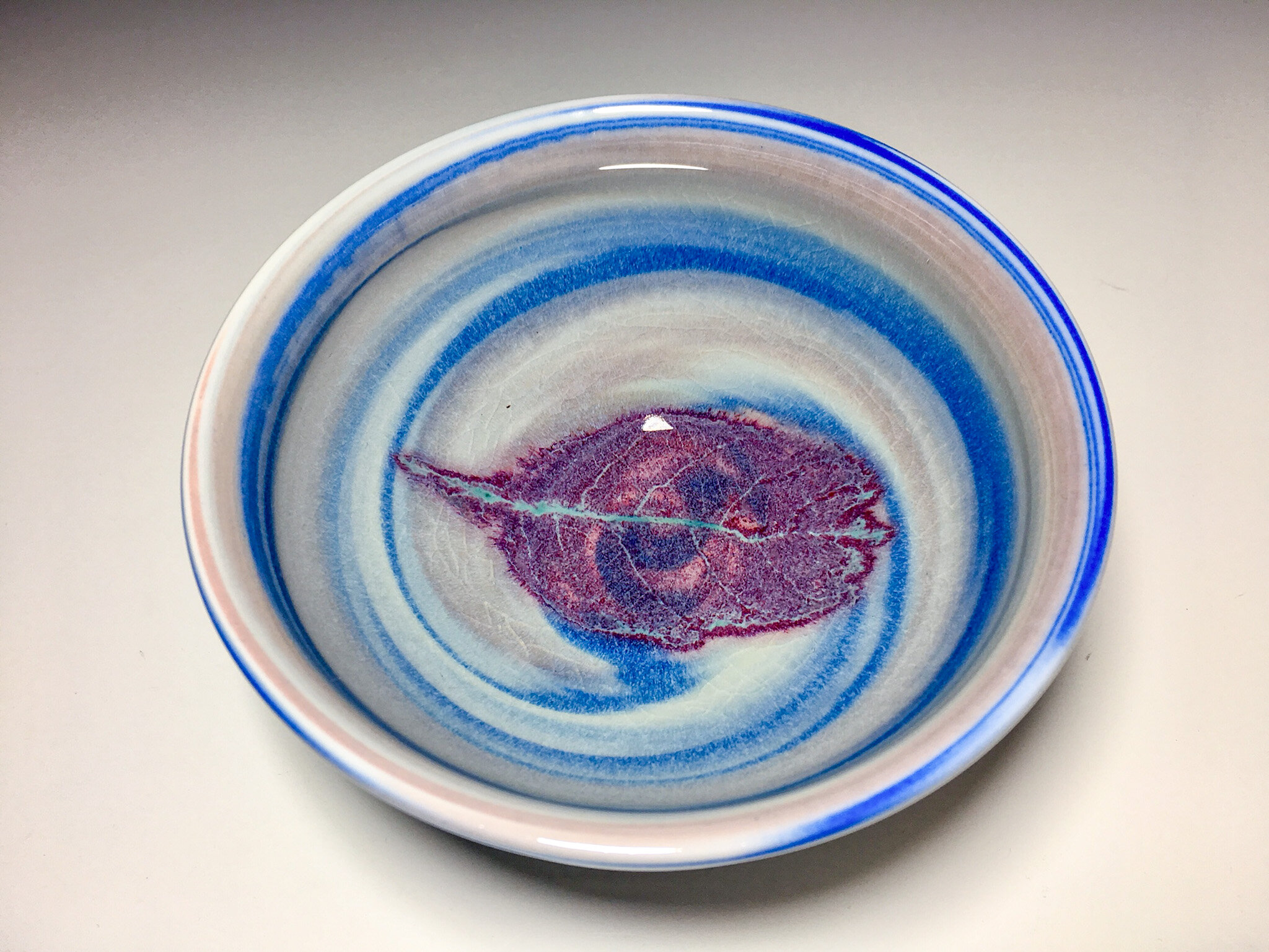

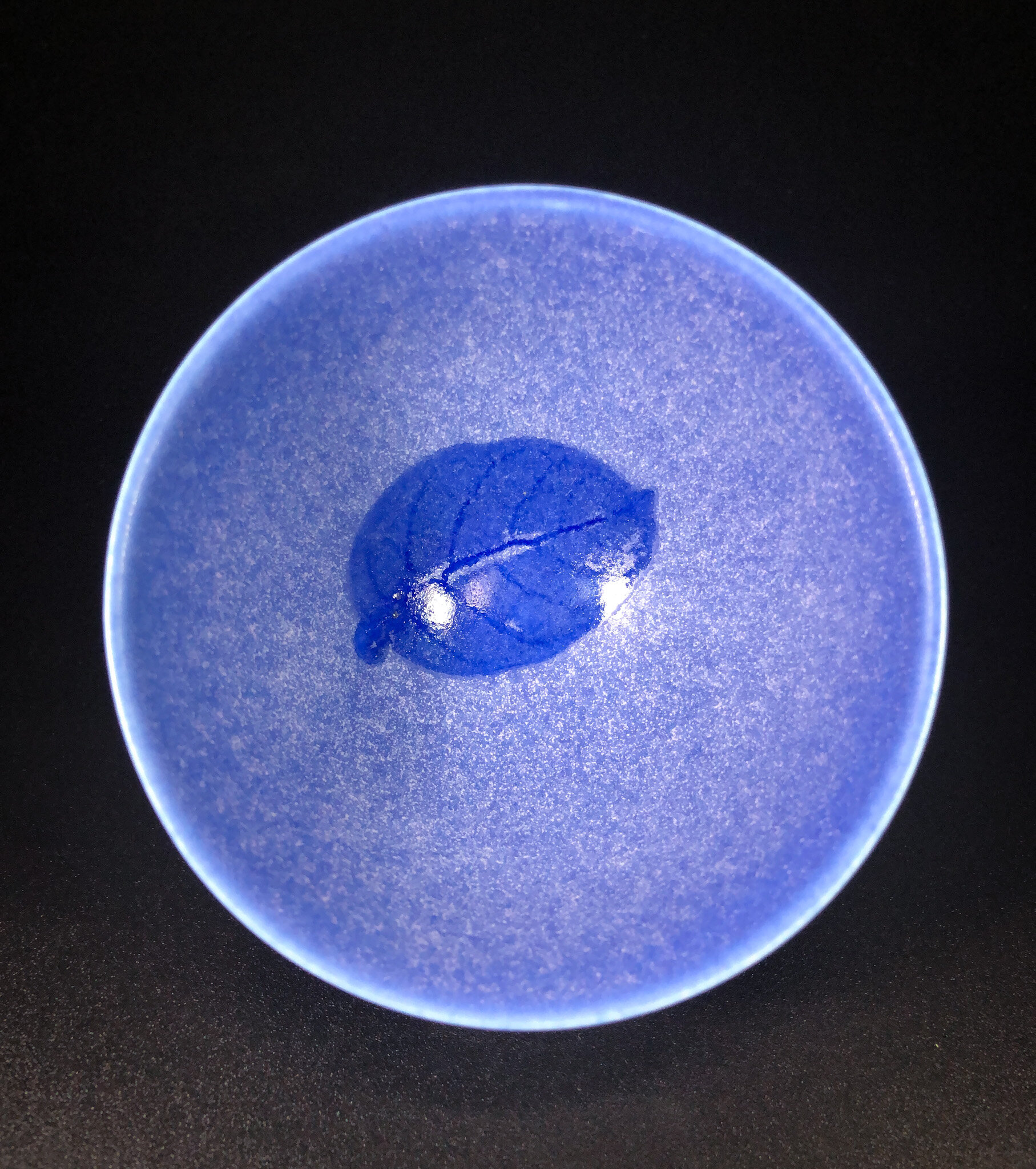
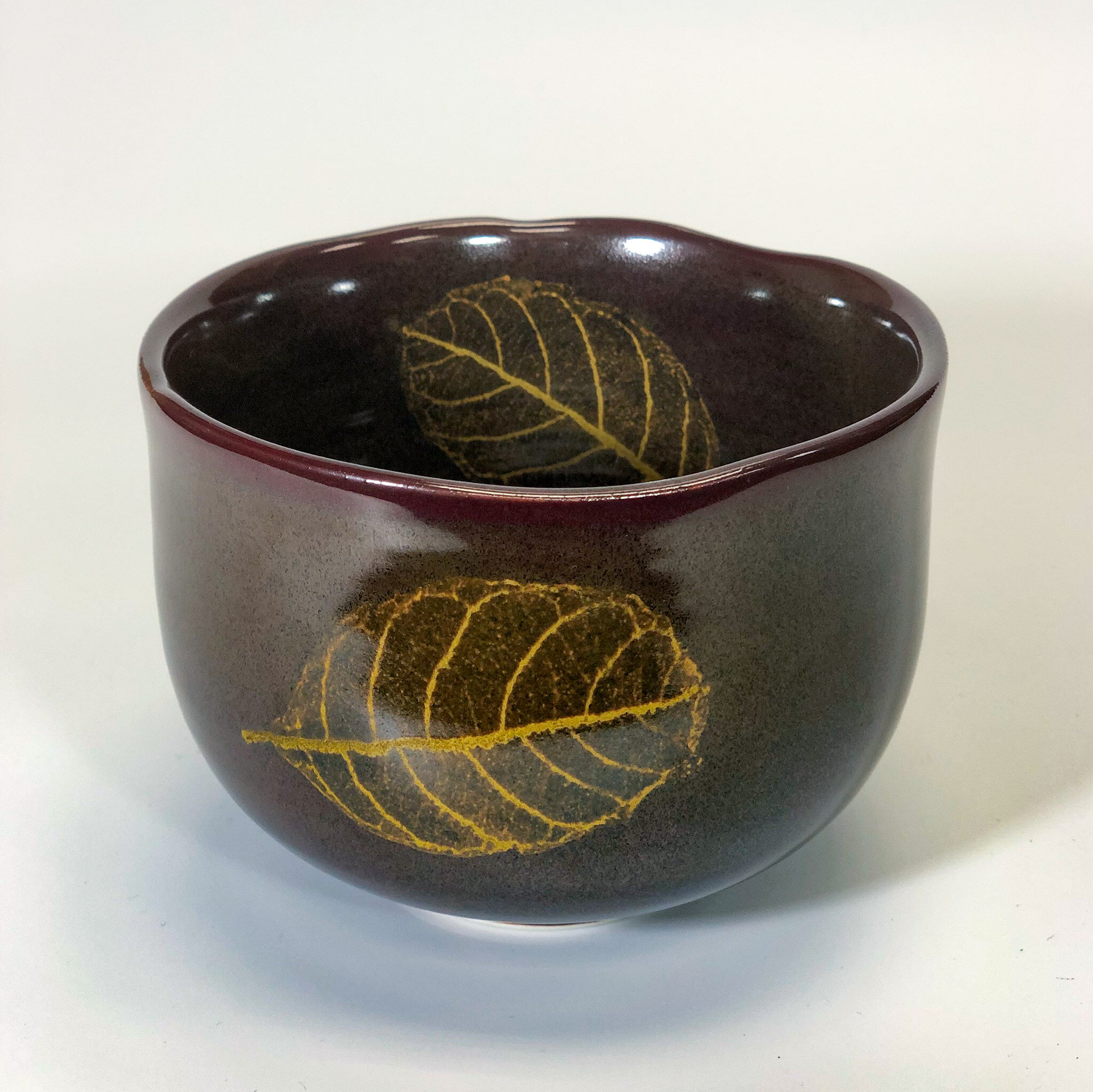
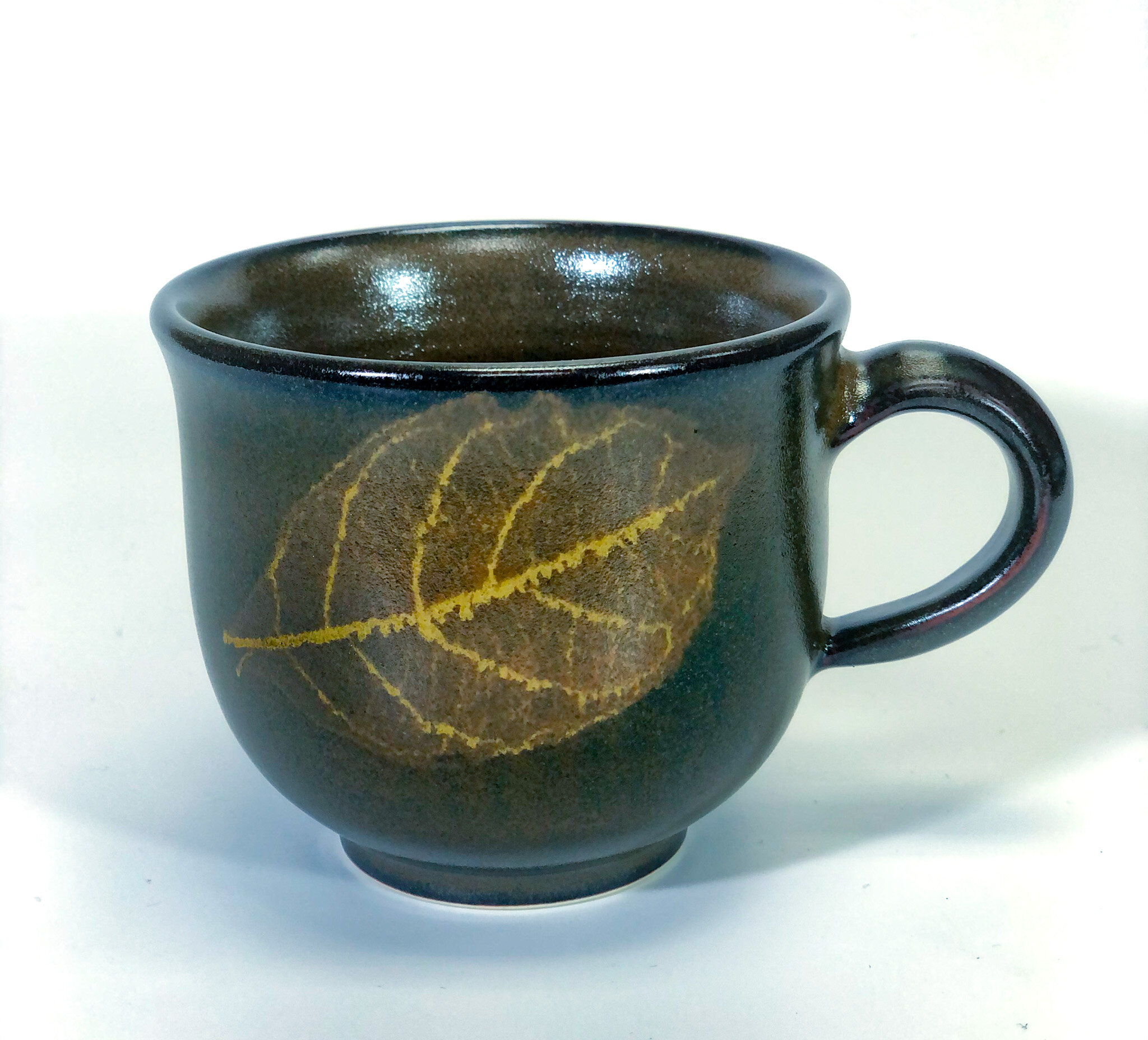
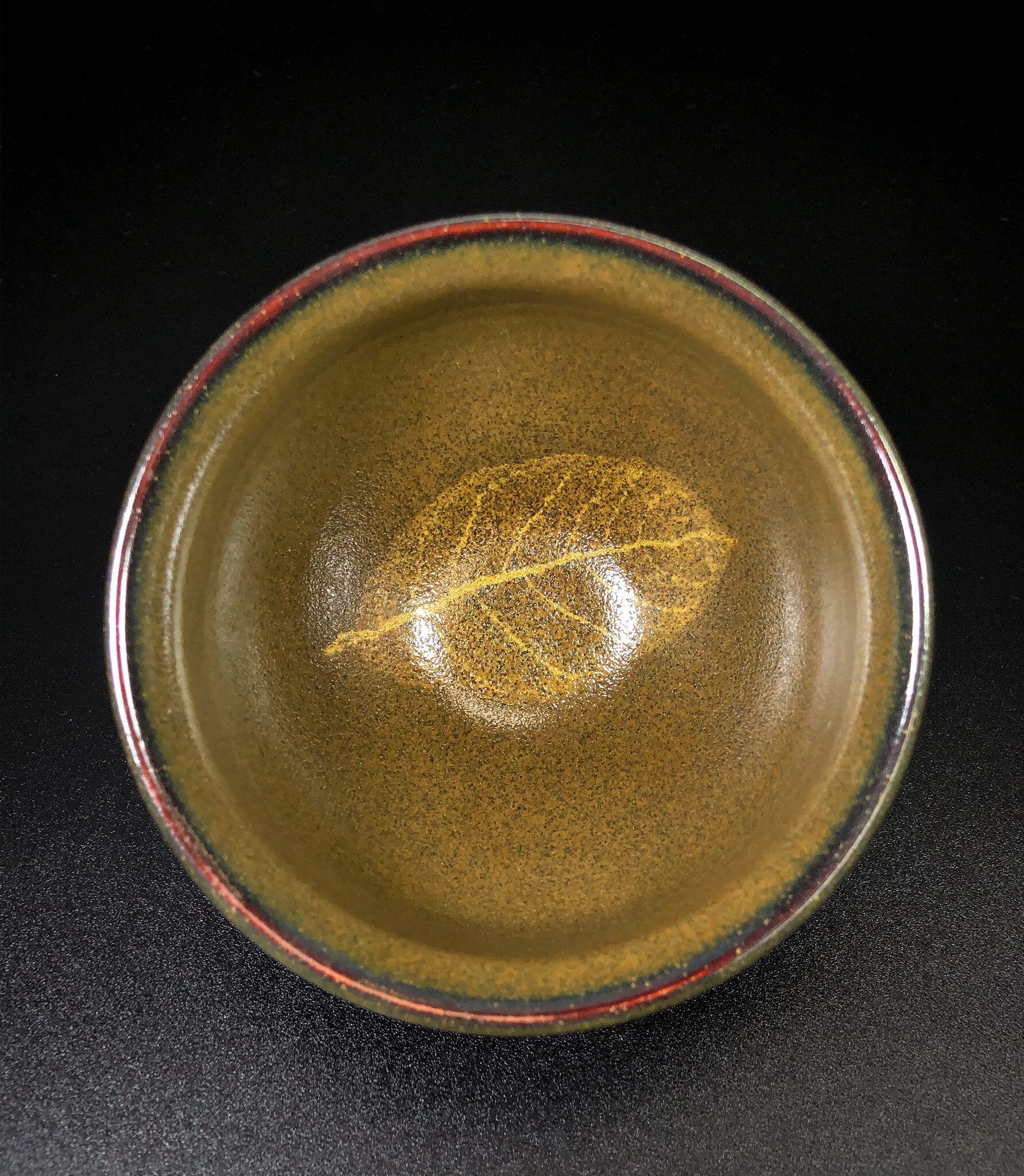
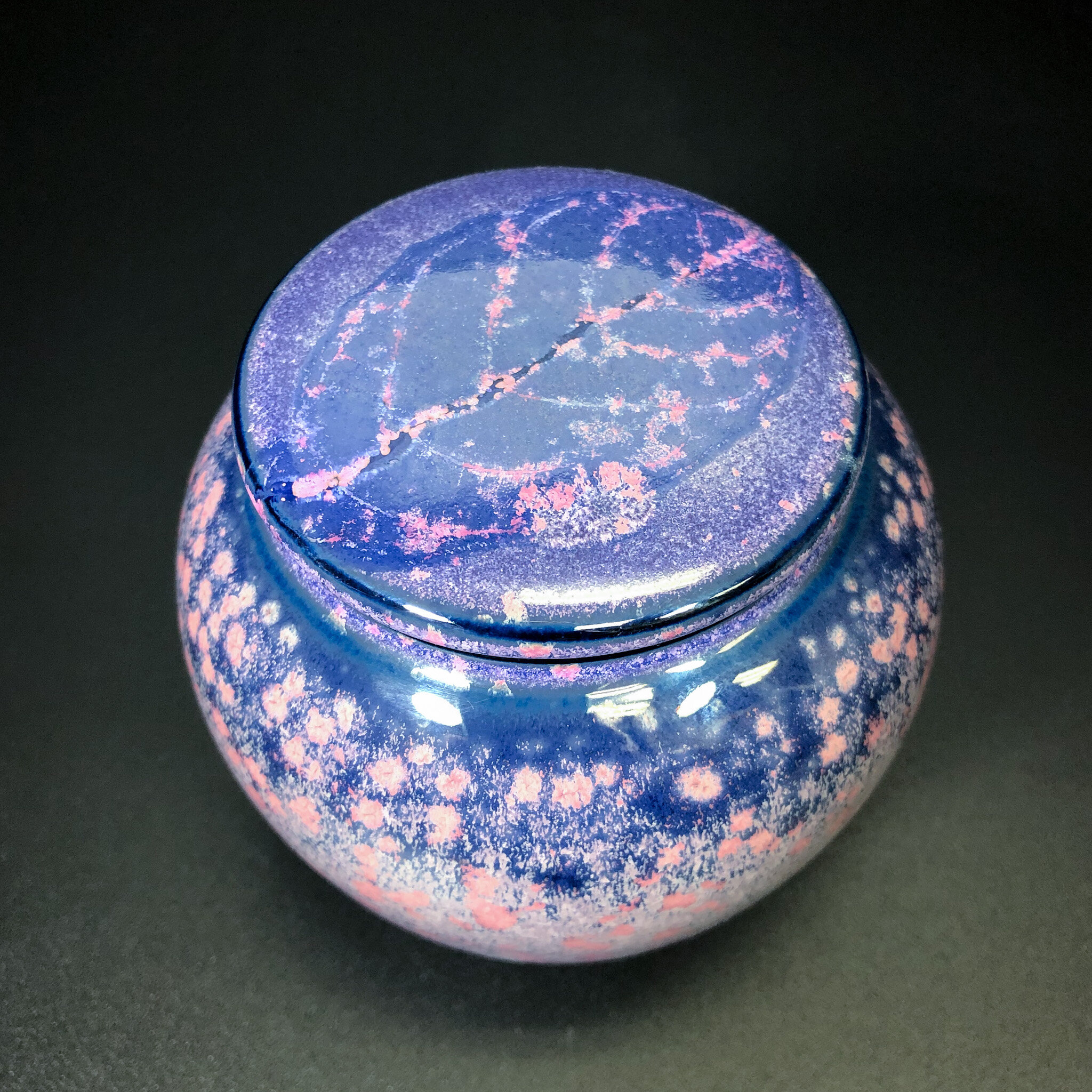
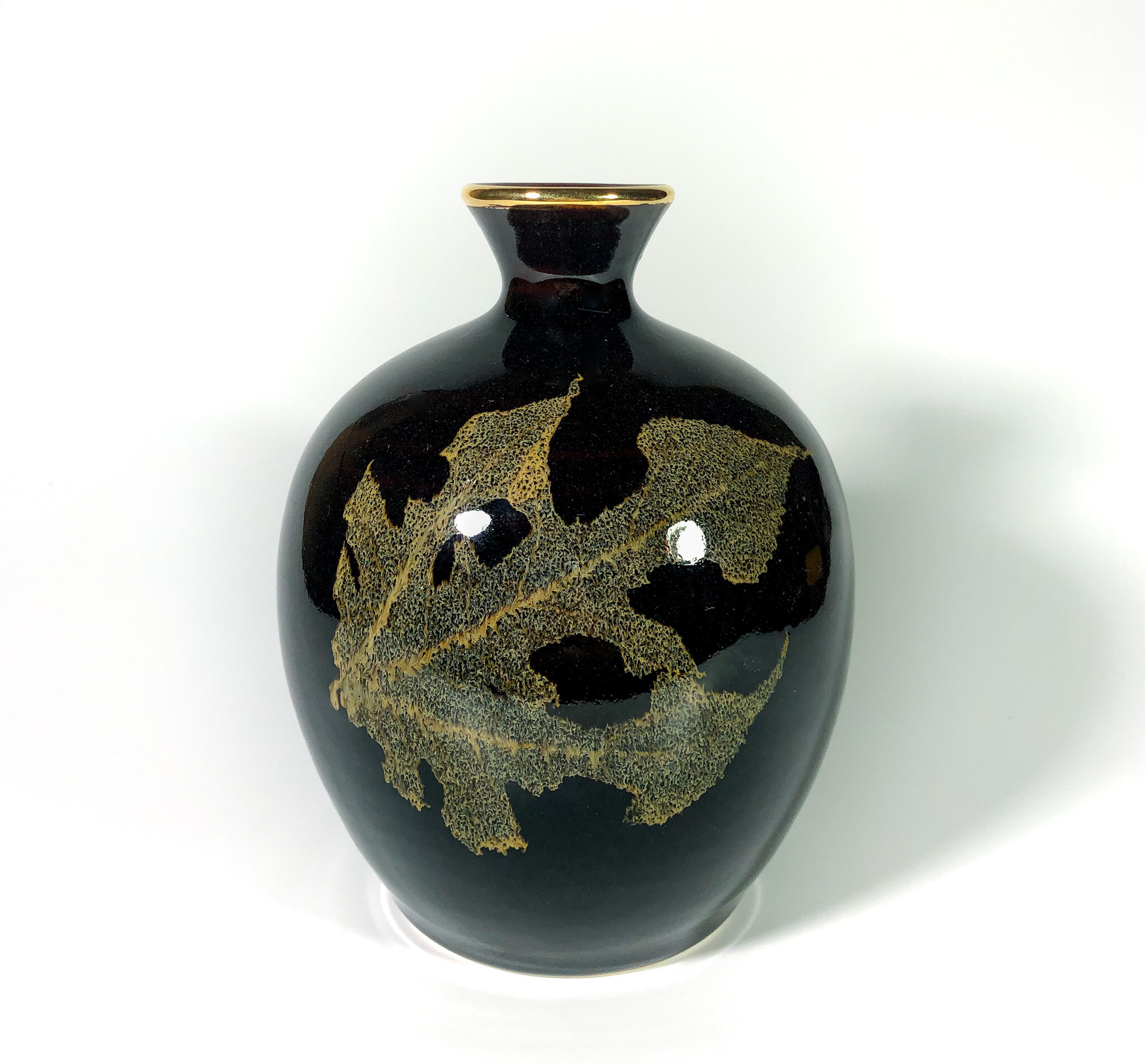
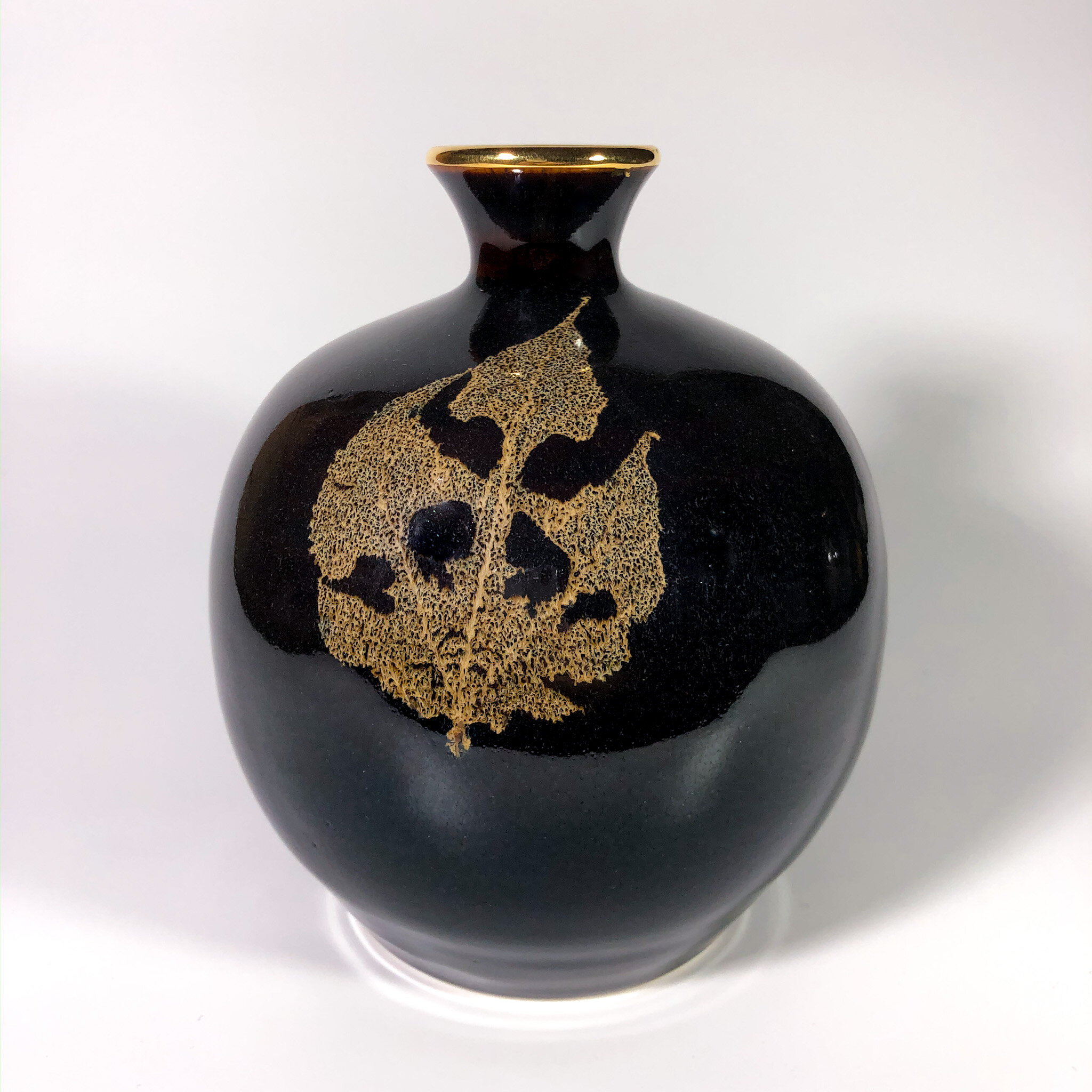


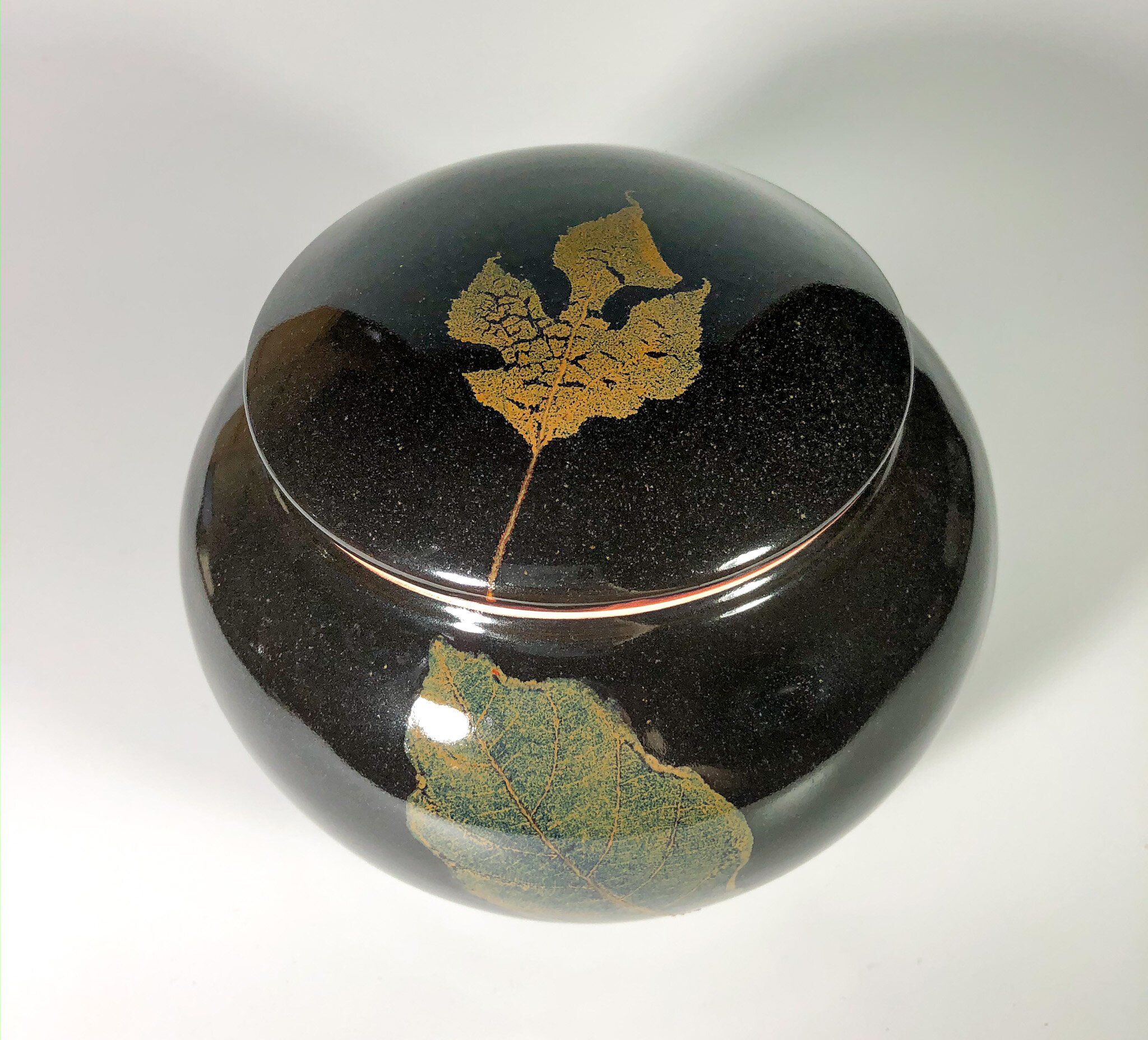
A leaf, fired onto the glaze and becoming an eternal art
“Leaf Tenmoku” originates from China’s Sung Dynasty over 1,200 years ago. It was said that one day when the potters were loading the kiln in the outdoors, a few leaves accidentally fell onto the pots. In the beginning they didn’t pay much attention to it but were surprised to find out that the leaves ended up beautifully fired onto the pots. When they poured in tea to the bowl, the leaf looked as if it were floating on it. This surprise led them to study more and finally productized Leaf Tenmoku. At that time, these were the most sought-after item among the affluent people, who used it to show off at a tea ceremony.
For Buddhists, “Leaf Tenmoku” has a deeper meaning. A falling, dying leaf getting an eternal life on a pot after going through thousand degrees of fire is a perfect metaphor for Buddha’s immortal form after his Nirvana.
Unfortunately, this mysterious technique was lost after the Sung Dynasty ended in a series of wars. Luckily, a few potters took it to Japan and started firing there. But what’s left for us to see today is very minimum. Most of them end up being national treasures only to be seen in the museums. With the efforts of recent potters, “Leaf Tenmoku” is gradually being reborn in the last few decades.
The traditional Leaf Tenmoku work has the black Tenmoku glaze in the foundation, with the gold-tone leaf laid against it. And the leaf is usually positioned in the bottom of the ware.
However, I tried to break the traditional boundaries by offering slightly altered Tenmoku that shows in not only black, but red, yellow, and green. I even fired it on non-Tenmoku glazes like Celadon, copper red, and Chun to give it a full spectrum of colors.
When it comes to the type of leaf, I’ve done a lot of experiments and have successfully fired a dozen of types, including jackfruit, mulberry, linden hibiscus, jute, maple, beech, Bodhi, ginkgo, etc. And they can even show in special glaze effects like crystalline, oil-spot, and hare’s fur.
The most unique innovation about my work is that the leaf can be fired on a vertical surface without falling off during firing. That means that leaf can now appear not only on the bottom of a tea bowl, but also on the body of vases, teapots, and other forms. This technique broadens the range of Leaf Tenmoku works and the art presentation possibilities.
#LeafTenmoku #Tenmoku
鑽研失傳千年技法 開啟木葉天目新紀元
「木葉天目」起源於一千兩百多年前的宋朝,相傳當年的陶匠在戶外排窯準備柴燒時,偶有樹葉隨風飄落至土坯上,匠人起初不以為意,然而出窯時卻驚見落葉不但沒有被窯火燒燼而灰飛煙滅,反倒熔入釉中,呈現清晰動人的葉脈紋路,倒入茶湯後,葉形隨波搖曳,彷彿一葉扁舟游於其中,令當時的文人雅士愛不釋手,成為他們用來「鬥茶」的精品。
對禪宗而言,「木葉天目」也有著特殊意義,想像一片落葉在生命的逝去的時刻,經過窯火的淬鍊之後得到永生,有如證道高僧涅槃後成就不朽之身,蘊含修成正果的深意,禪悟之美,盡在不言中。
可惜的是,在宋朝結束後,這樣的神秘技法在中國杳然失傳,後來輾轉傳入日本,不過傳世的作品如鳳毛麟角,成為博物館中珍藏的國寶級文物。直到近代在各地陶藝家的努力鑽研下,「木葉天目」才漸漸復興。
傳統的木葉天目以黑色天目釉為底釉,搭配金黃色調的葉片,多數將葉片置於茶碗或器皿底部呈現。我的作品則試著突破傳統框架,除了黑色天目釉外,另調配出紅、黃、綠等多種顏色的天目釉,甚至將葉片燒製於非天目釉系統的釉中,如青瓷、銅紅、鈞窯等,賦予木葉天目嶄新的全彩風貌。
在葉子的種類和釉彩的效果變化上,我也煞費苦工,多方嘗試琢磨,目前已經成功燒出十數種葉子,包括波羅蜜、構樹、黃瑾、銀杏、楓葉、櫸木、菩提葉、銀杏、法國梧桐等等,釉藥效果方面則可以呈現油滴天目、結晶釉、和兔毫釉等多元變化。
我的木葉作品最獨到之處,在於可以對抗地心引力,將葉子燒製於作品的垂直面,譬如花器的瓶身、茶碗的碗壁、茶壺的壺身等,使木葉作品的種類不再拘限於茶碗,以豐富木葉天目作品的廣度和藝術表現的可能性。